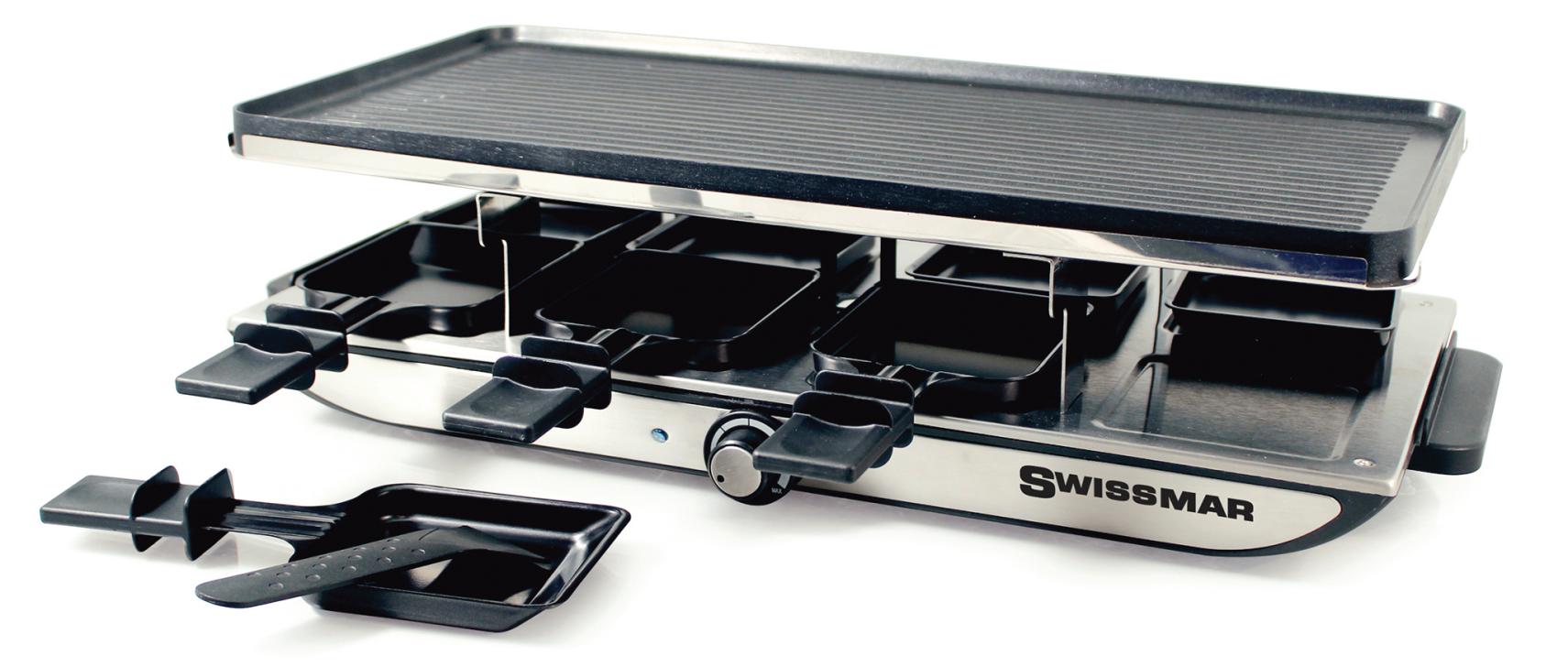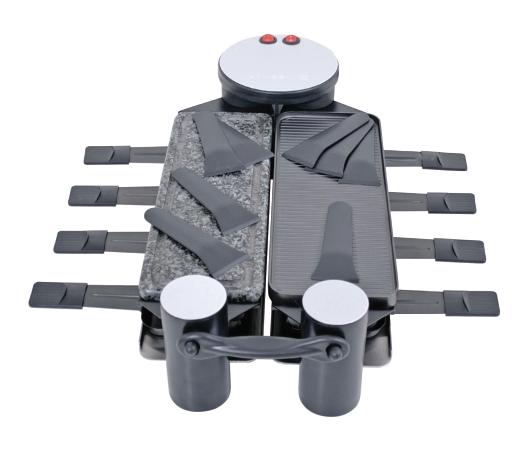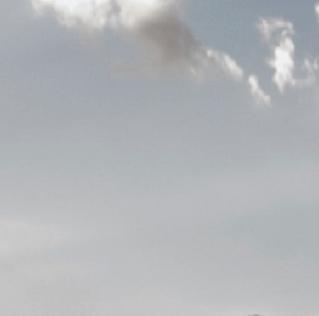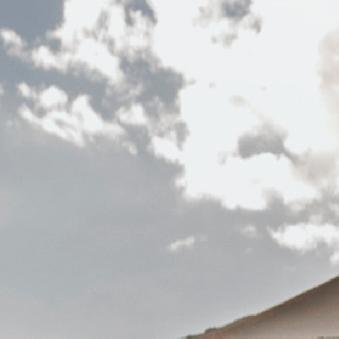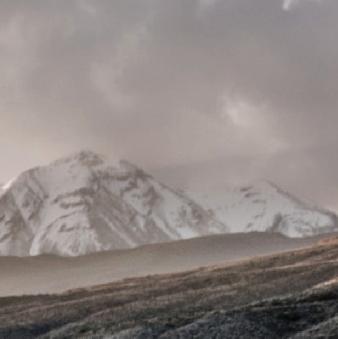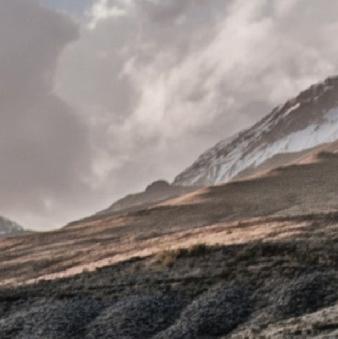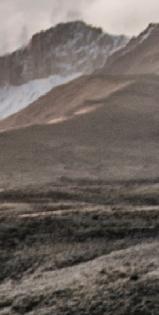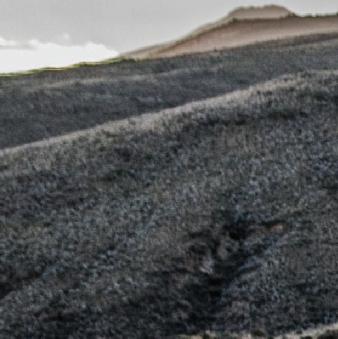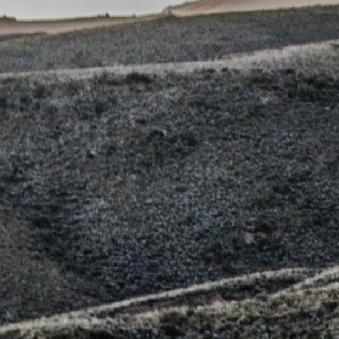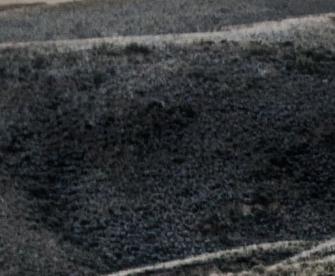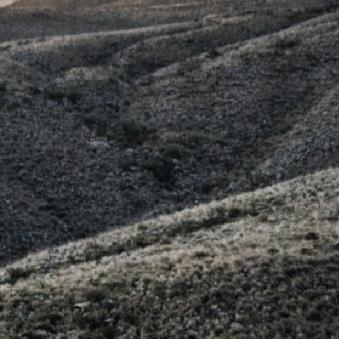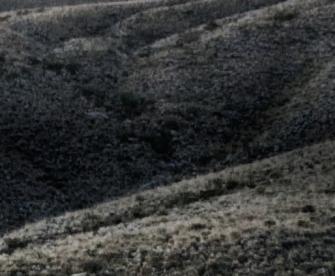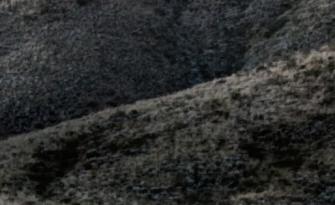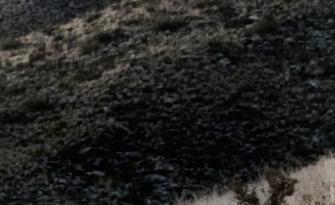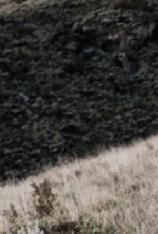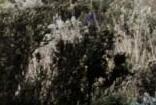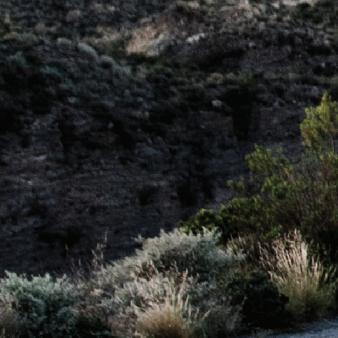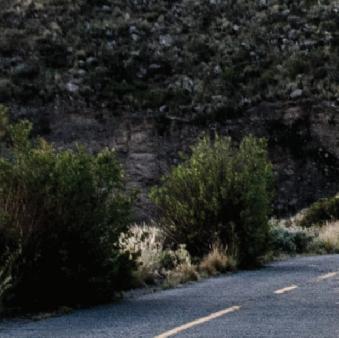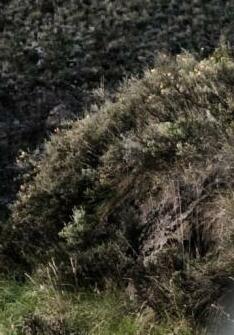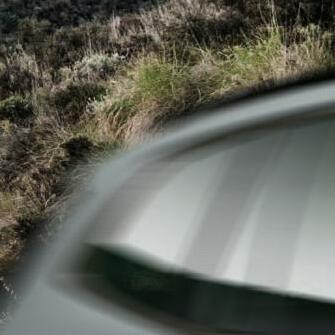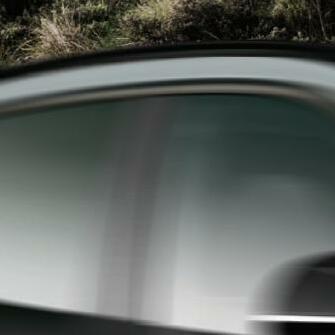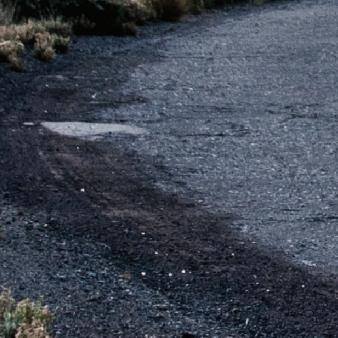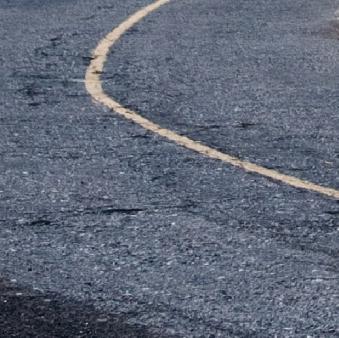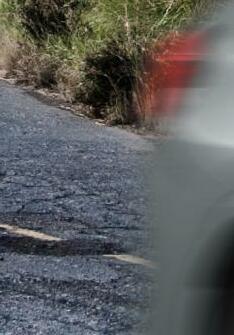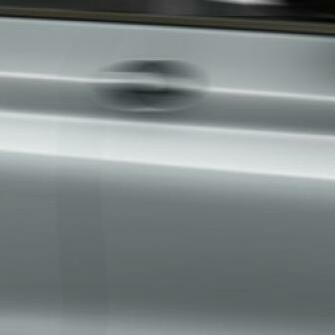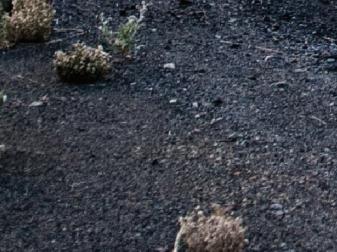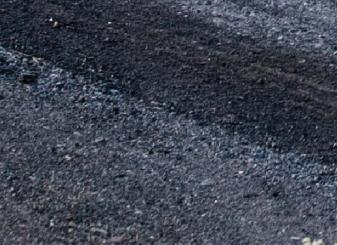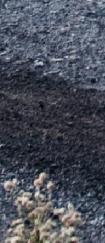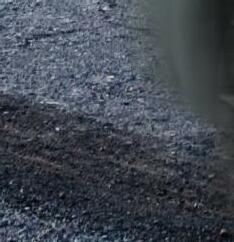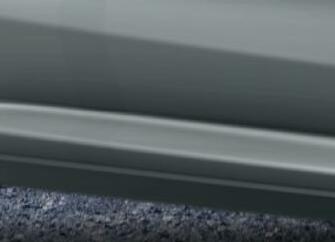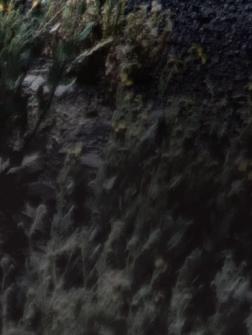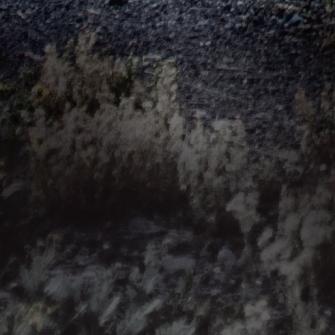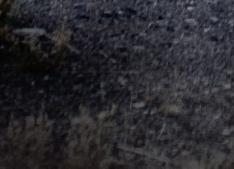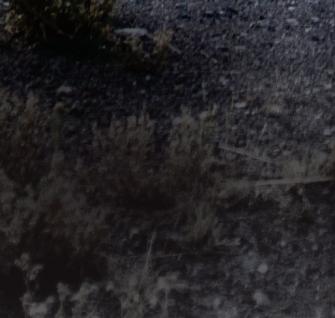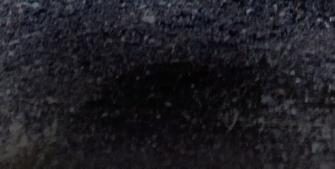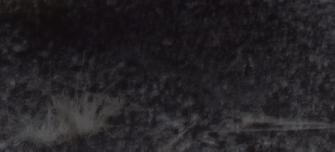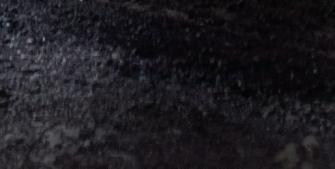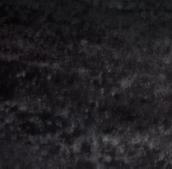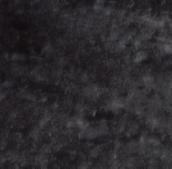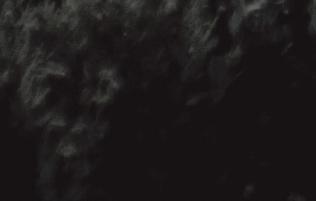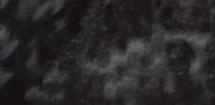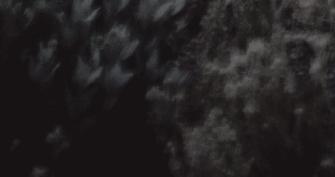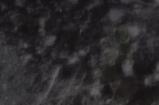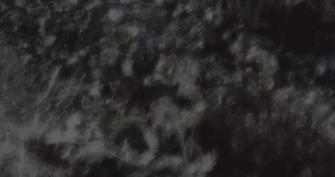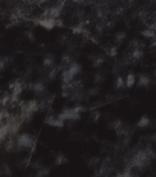A Guide to Finer Living in Connecticut & abroad
A Guide to Finer Living in Connecticut & abroad














“Cultivate the habit of being grateful for every good thing that comes to you, and to give thanks continuously. And because all things have contributed to your advancement, you should include all things in your gratitude.” Ralph Waldo Emerson

Yes, and yes... Welcome to this, our November issue which is also the elev enth in a twelve-part series that we like to call “INK Publications 2022.” We are all indeed grateful for the opportunity and now find ourselves just a short dash to 2023. There seems to be a trend in this issue that is leaning towards renewal. The editorial theme isn’t often obvious. Occasionally the thread that runs through each issue isn’t even 100% clear to me, and I’m responsible for the editorial calendar? We do however consciously avoid creating that which has already been created. You will not find “pumpkin spice’ anywhere in this book because that has been taken care of elsewhere. Oddly enough though, in almost every magazine that we have put out, a tie-that-binds the editorial together inevitably does emerge. Each of the stories that we have featured in this issue are (completely and uninten tionally) paying tribute to new chapters and reinventions in each of the sub ject’s respective stories. Whether it is advancing careers paths, tweaking around the edges, or even reimaging the next steps all together. Being alive is a blessing and all of us need to remind ourselves of that. If things don’t amount to our expectations for the moment, keep opening doors and you will never cease to be amazed at what is often obscured. These are trying times right now, and that is with or without each and every one of our own unique situations. Patience, kindness, and a willingness to allow each other time to complete a though before speaking is, to me, the gold standard. As collective my hope is that we remember to breath.

Hasn’t it all been made convenient enough yet? What’s the hurry anyway? Smile and say hello to a total stranger. Enjoy!
Jeffery Lilly founder / publisher
Daniel Lev Shkolnik
Marquez-Sterling
Partica


Rona Mann -


six07co@att.net -

Richard Malinsky -





























































































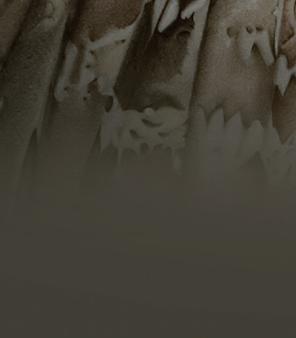
































New London, Connecticut, earned the “Whaling City” moniker because, during the mid-19th century, it was the second largest whaling port in the world. Over 190 years, 257 vessels departed from New London Harbor and embarked upon over 1100 voyages across the globe. Like many young men of this era, Lyman Allyn, born in nearby Montville in 1797, left home at age twenty-one to crew onboard his first whaleship. He was later promoted to the rank of captain before retiring from a life at sea at thirty-seven to pursue what turned out to be many successful business ventures. This included the directorships at the Whaling Bank of New London, the New London Marine Insurance Company, and the New London, Willimantic, and Palmer Railroad. He also served in the State Legislature and instituted a boy’s school in New London where he finally settled after purchasing a federal and Greek revival-style house on a large tract of land for his wife and six children.
Over time, Allyn had amassed a fortune that eventually, his youngest child, Harriet

Upson Allyn, would inherit. As an homage to her father, Harriet bequeathed in her will funds for establishing a museum, the Lyman Allyn Art Museum (LAAM), named in honor of the elder Lyman. She envisioned an educational institution where the local populace could learn about art and culture, an undertaking the LAAM still embraces. Harriet also donated 40 acres adjacent to the museum for the founding of Connecticut College, the first college for women in the state.

“The building was conceived and built as a museum, with all of the most modern concepts of what a museum should include. In addition to the galleries and the lobby, it had all the accouterments like a library, a conservation lab, suitable storage, an auditorium, and a photographic lab. So, all those things were purposefully incorporated,” says Samuel Quigley, Director of the LAAM.
Architect, Charles A. Platt who designed the Addison Gallery of American Art at Phillips Academy in Andover, Massachusetts, was commissioned to create a 32,000 square-foot neoclassical granite edifice. It was to include a park by renowned landscape architect, Ferruccio Vitale for city residents to enjoy. The museum was dedicated in 1932, six years after Harriet’s death, with its first exhibition displaying 13 works. Since then, the permanent collection has grown to over 17,000 objects, including paintings, drawings, prints, sculptures, furniture, and decorative arts from five continents from antiquity to the present day, and a robust anthology of American art from the 18th, 19th, and 20th centuries.
While the collection has swelled, the original plot of land surrounding the museum has shrunk. In the early 1970s, when the State of Connecticut decided to reroute Route 32, they took four acres by eminent domain, dramatically and irrevocably altering the landscape. Gone was an impressive 800-foot treelined mall that led to an open field where free concerts had once been held. But with the remaining 12 acres of green space, LAAM has developed a master plan to create Lyman Allyn Park. They intend to break ground in 2023.
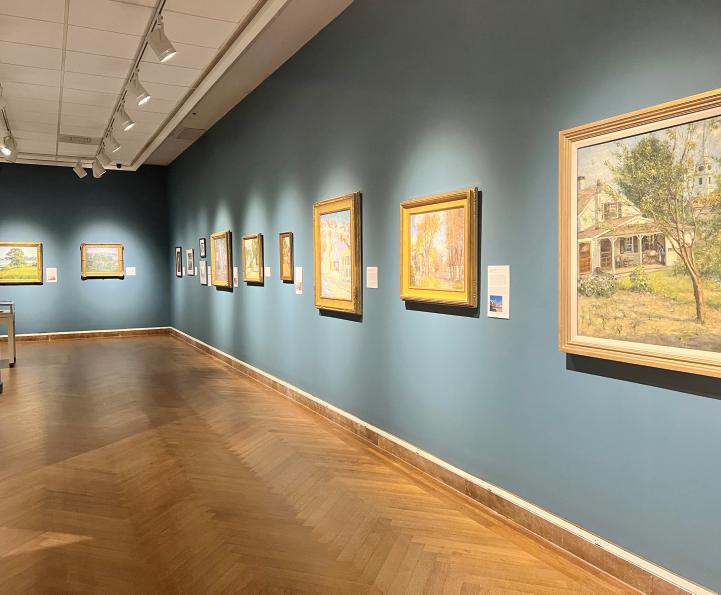
“We want the museum to be more appealing and less imposing and become a go-to destination,” Quigley says.

The goal is to reinstall a significant portion of the mall which would empty into a clearing with a 250-seat amphitheater suitable for poetry slams, music, and theatrical performances. More sculptures would be added to the already existing sculpture gardens, and a formal green, similar to the one that once graced the front of the building, will replace a parking lot, so it’s not the first thing visitors see upon entering the property.
“We want to accentuate how much of an architectural gem this building is and restore the feeling of how it was when the museum first opened,” says Quigley. “In her will, Harriet Allyn refers to how she wanted to make it a park and a museum for free use by New London residents. We are finally getting around to doing the park 90 years later.”
Prior to working on the park plan, LAAM had been focused on creating quality, educational, and diverse exhibitions that not only appeal to the masses but also speak to New London’s African American and Latino populations, a significant part of the city’s heritage and beyond.


“I feel that a museum should reflect the community in which it exists. Here, as well as most museums, it really represents the white, wealthy aristocracy. But we are actively trying to work with different community organizations to engage with them and learn from them, to provide exhibitions and programming that people in the current community will want to come and see,” Quigley says.
Last November, the LAAM formally adopted a multicultural action plan they refer to as MAP. It identifies eight different areas of activity within the museum that need correcting with regard to the “historic lack of racial inclusiveness.” This includes “improving the museum’s exhibition mix, collecting efforts, recruitment of trustees and staff of color, learning programs, communications, and fundraising to ensure historically marginalized segments of society are represented.”

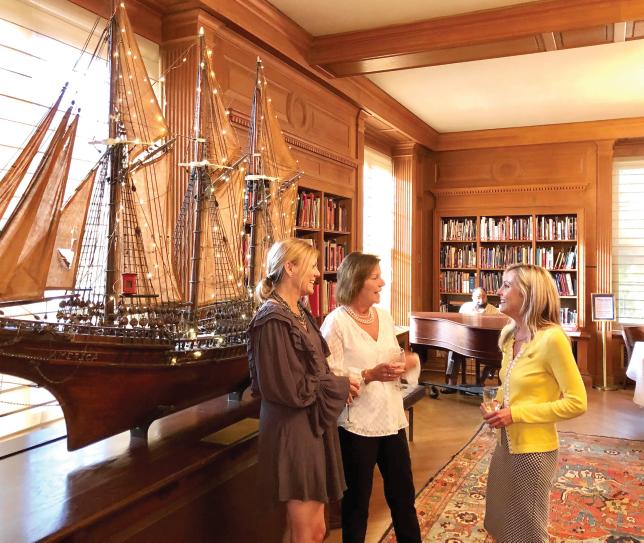
“I’m happy to say in this past year, we elected four trustees of color. So, we changed the board from being one hundred percent white to only eighty-two percent white. It’s a step in the right direction,” says Quigley. “We must take intentional and measurable steps to advance inclusion, diversity, equity, and accessibility on every level of the Museum.”
Part of these efforts includes actively acquiring works of art for the museum’s permanent collection created by artists whose cultural heritages have been under-represented. The objective is to balance the view of American art and showcase their work through special exhibitions and experiences that will appeal to this segment of our society that has been grossly disparaged.
Quigley and his hard-working, dedicated staff of 13 frequently meet to decide what exhibitions, events, and programming would be the most appealing, enjoyable, and educational for these different segments of the community and families.



“We have always had a very strong commitment to families and learning,” notes Quigley.
To foster this ideal, the admission fee is waived for all families on the first Saturday of every month. On Science Saturday, which is
held on the third Saturday of each month and is sponsored by Pfizer, all science programs are also free during the time frame in which they are happening. And as always, the museum is free to all New London residents. But even if you have to pay to enter, know that you are supporting a non-profit institution whose aim is to preserve our collective history and culture through the art of visual storytelling for future generations.
For more information about the museum and its upcoming programs and exhibitions, log onto www.lymanallyn.org.

 Lyman Allyn Park Master Plan
Renderings - July 2022
Lyman Allyn Park Master Plan
Renderings - July 2022
·The Legend·The Green Looking North ·The Amphitheater













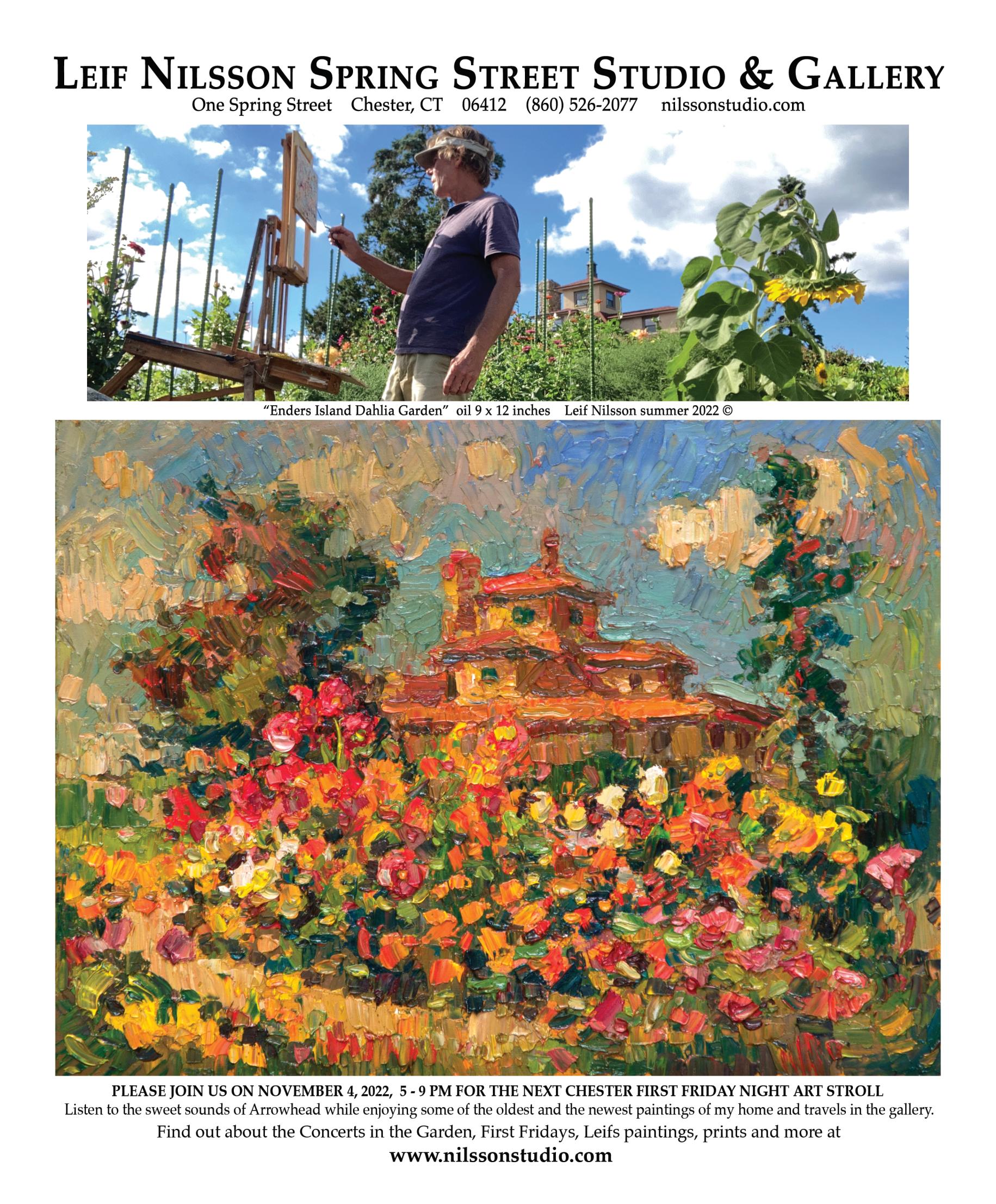




“I had a chip on my shoulder,” begins Francis Barkyoumb, “a tough chip. I was born in New Jersey, but when I was in 8th grade we moved to Connecticut, and because we didn’t have money, we lived in the old tobacco houses in Simsbury. I wasn’t much of a student and was always getting in trouble, so much so that I had my own seat in the principal’s office,” he laughed. Then he dropped out of school.
All Francis wanted in life at this point was a car of his own, “and a blonde sitting next to me.” After butting heads way too many times with his father, he ran away from home, paired up with a buddy, and headed for Haight-Ashbury in San Francisco. It was that tumultuous time of the ‘60s and the place to hang if you were a hippie, except...they never made it there. The car broke down in a fog in Mountain Home, Arkansas, and according to Francis, “Wyatt Earp and Barney Fife were not impressed with our long hair, decided we were drug dealers, and threw us in a backwoods Southern jail for two weeks.”
Finally, the local sheriff bought them breakfast one morning, booked them on a one-way Greyhound back to Connecticut, and warned them never, ever to return. It wasn’t necessary.
So here was Francis Barkyoumb, a teenager without a high school diploma, back in Connecticut with no direction, no money, and no future. However, since childhood, he had learned to be his own master of reinvention, so this time he answered an ad that promised him a lot of money
“People are like stained glass windows. They sparkle and shine when the sun is out, but when darkness sets in, their true beauty is revealed only if there is a light from within.”
...Elizabeth Kubler Ross, psychiatrist/author
It took Francis Barkyoumb quite a while to find his light from within. Matter of fact, it took Francis more than 60 years, and those decades were fraught with childhood poverty, family problems, a number of uncertain moves, a two-week jail stint in lynchin’ country, and ultimately self-discovery.by Rona Mann Photography by Jeffrey Lilly
and the opportunity to travel and found himself selling encyclopedias door-to-door, quickly realizing he had a real talent for sales.


“I wasn’t exactly a con man,” he laughed, “but I was a good hustler.” For the next couple of years, he became one of “Larry’s Boys,” traveling the USA in a Lincoln Continental, being dropped off at military bases, and selling sets of encyclopedias to officers who paid cash upfront for promises not kept. One day Francis decided he wanted to do good for people, not hustle them any longer, so he went back to Connecticut and got a job in the mailroom at Aetna. His innate intelligence and likability quickly propelled him up the ladder to where he was soon running the mailroom, making $1500 per week, just enough to buy a Camaro. Wisely, he worked seven-day weeks, overtime-all he could get-all the while learning all he could to get out and start his own direct mail service company with another employee with whom he had partnered.
Their company grew to where they had 250 employees in a 250,000 square-foot building in Newington and Fortune 500 clients worldwide. The hard work had paid off, but then came 9/11 followed a few years later by the recession of 2008. The workload decreased significantly to the point where Barkyoumb and his partner had no choice but eventual bankruptcy. So once again, it was time to start over.
This time, Francis decided to pursue a job with the U.S. Postal Service, but they required a high school diploma, which he was lacking. Always looking for the shortest route to get what he wanted, Francis heard that there was a test given in Middletown. If you passed it, you got your diploma without taking the time necessary for a GED. That proved to be his ticket, and he became a postal worker after receiving his high school diploma at age 58.
One day he came upon a situation that would change the rest of his life. An artist friend of a friend was moving from Connecticut to Hawaii, had a load of broken glass he was about to take to the dump, and put it in a shed. Francis rescued the pieces and decided to take an adult ed class in stained glass, but since he was the only one who registered, they canceled the class. Not to be denied, Barkyoumb talked the instructor into giving him three classes for the same amount of money. It worked, Francis instantly fell in love with the art and started making stained glass on his own in 2009. He stayed with the post office climbing the ranks for eight years until his pension and health insurance for life were secure. Then he quit in January of last year and dove headfirst into the world of stained glass.
He was a natural at it, did shows, and was soon selling his work. ”It always amazed me,” he pondered, “how artists who paint with brushes on canvas think theirs is the only art and stained glass is just crafting. Stained glass is an art!”

A bit of history here. The experts disagree on exactly when stained glass art first emerged; some say the 7th century, others not until the 10th. European church leaders at the time were dealing with a mostly illiterate population, so since most worshipers could neither read nor write stained glass windows were put into church buildings to help tell Bible stories. Throughout history, they have conveyed to the masses what the church wanted them to think about and understand.
The relationship between stained glass windows and light is of supreme importance to Francis Barkyoumb. The way the natural light of sun, moon, clouds, and changes in weather patterns go through stained glass changes frequently throughout the day. He now maintains a studio in a tiny space in Branford. He aptly named it Glass Dance Studio, a play on Donna Summer’s disco hit, Last Dance. “It really is my last dance after all I’ve experienced in my life,” he says with a smile. Glass Dance is both a studio and community art center where he restores, creates custom glasswork, sells his art, and does intricate stained glass repair.


Even more importa is a place where he earnestly believes th artists left in Conne do what he does, an




teachesfor ant to Francis it r, , he here are few ecticut who nd he desper-

,p ately wants to leave a legacy so that this beautiful and unique art may perpetuate. His classes run the gamut from stained glass to fused glass for beginners, novices, and the very experienced of artists. He also hosts special events featuring guest teachers and glass media events. Students who complete a welcomed to attend Open Studio allowing them to Glass Dance Studio course are o work on projects with other sea education that is stained glass art.
then ea-
soned artists as part of the fascinating continuing e
It would appear that those who have been so indel the masters of the art of stained glass, certainly in t understands the nuances that can happen when co tandem to cr y.







eate unending joy
libly stained by life may in fact be the case of one Branford artist who olor and light dance together in

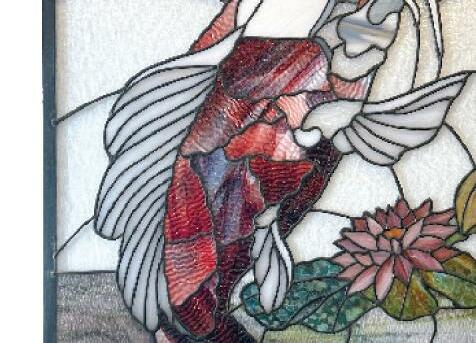
So, Francis Barkyoumb, now just shy of 69 years o his light. He is a man fulfilled happily lost in a wor longer wants to break. Rocks he no longer wants to nothing more than to shar y.
nothingmor ethatjoy
ld has finally found his purpose, rld of color and glass, glass he no o throw. He is at peace and wants e that joy



Glass Dance Studio is located at 616A East Main Street (home of the old Hilltop Orchards)

Formor
re e information: visit: glassdancestudio.com (860) 614-4816 Follow them on Facebook at Glass Dance LLC and Instagram at GlassDanceStudio

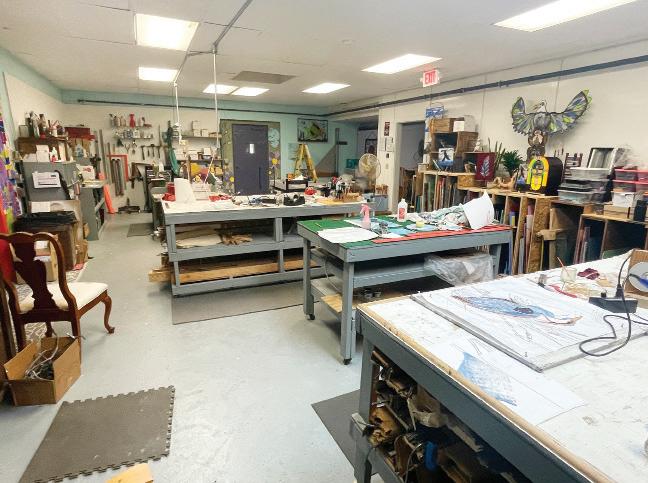








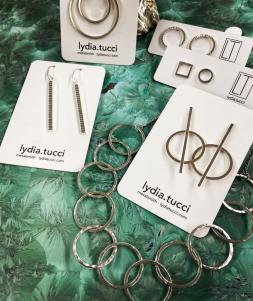
































“This was a pharmaceutical ad campaign for
, but even in his later years he was still iny, Lucille Ball, Zero Mostel, Jack Lemon and Billie me to do?” He had worked with everyone including him sitting in front of me asking “what do you want to direct Jack, it was a daunting challenge to have were no ad layouts for reference. Being entrusted Gilford. It was scheduled so very last minute there yerst with the Oscar nominated actor JackAWyyeth
AdAyyerstWyyethJack Gilford - W A W Holiday
he reenacted characters and sketches he had no motivation. With such an expressive face, He quickly put me at ease because he needed
When he tried handing it back to me, I told him he every movement like he was a cartoon character ately started walking around the studio imitating windup toy of a walking camera and he immedi rather than shooting. I showed him a small plastic and listening to stories from his incredible career as I would catch myself watching him improvise quickly became a matter of keeping up with Jack TV - he could even impersonate pea soup! Itand
should keep it. Jack was genuinely touched. He
bleeding. He dismissed it as simply having too the group photo, I saw the back of his hand was
ofile by Caryn B. DavisPres the stories behind the making of these images whichgraphs, Skip shar
e he thought he wanted to go. Still, he had tonot have led him wher , even though it mightr, lucky’s life well-lived. Hine has beenpay homage to a photographer
notisflexibilitynecessaryhise him. Tecognize the path placed beforto r d, pay attention, and be willing to shift at a moment’s noticework har
oiled in theed while embrunlike the many challenges Hine encounter
e.ent in this genrissues inher technicaleative andesolve any myriad of crforts and thinking to rhis ef edirectinged require often reate the best picturo crTo
ith 186 pages featuring 229 photoWiSight.HineinMemories ong, culminating in the publication of his first book,going str eer is still, but five decades later his successful carr, ofessionalkip Hine never had any intention of becoming a pr photographer W with one opportunity morphing into another art of image making. T stitute of T
esses I was. “The boyfriend of one of the waitrsummerinCodCape estaurants onechnology (RIT) in winter and working in rTe His ability to pivot started early while attending the Rochester In
recalledHineneverthoughtaboutit” , but I hady,had any inter in California and asked me to show him my portfolio. Then he asked if I oduction meetingough on his way to a prworking with was passing thr
est in being a photographer in the film industry
, Hine was invited to Paris to work on a film beingr,
BandAid. I have never met a more gentle person. few years later which I did. Surprisingly year
s headshot onphotograph now appears as Jack’ , the color version of thisy would print a copy of the portrait for his dad, s son called asking if I, Jack’rA
dork. “Francis ForYoe, in the Canary Islands, and in Newshot ther
edit for the film for my seniorto set up an independent study to get cr estaurant that night and contacted RITthe music. I walked out of the r , and Stephen Stills was writingr,Coppola was the Executive Dir
,” says Hine.r,
recalled.never thought about it, Several weeks later Y ector family liked this photograph as much as I still do.”
Photographs Courtesy of Skip Hine
Y At a frie Yoork to H Y
end’s urging, Hine went to New show his portfolio before heading He had no ambition to become a rapher’s assistant, open his own or reside in New Yoork, all of which ely happened. His American man book made an impression on because it showed a complete project art to finish, but if Hine had not sed the master himself, his one-day ould not have turned into a year and ssistantship.
- AdBass Ale
“As soon as we started shooting, onlookers
directions to them.The sun started to play havoc volunteer stood just out of frame to relay my hard for the models to hear me yelling, another every few minutes to allow me to shoot. It was so came a problem. Someone decided to stop cars
west. photogr studio, ultimate Craftsm Lucka b from sta impress hire wo a half as y s
o
closes another opens. term. But as it is in life, when one door waiting it out, he missed most of his fall ce went on strike and while Hine wasfor But fate had other plans. Paris’s labor and Old Sturbridge V enowned photographer Mary T

His second study was photographing the , Klaus Luckar,with r oom prints that later landed him a jobdarkr typeset books filled with sepia- toned oduced two fabric-boundthe end, he pr American craftsmen. Inthe lost arts of the illage documentingVi Mystic Seaport Museum, Historic Deerfield, ound to thependent studies, and went ar ent indeferchose instead to pursue two dif der to graduate, Hinesummer school in or ospect of having to attendFaced with the pr

Asner told Hine to look him upHollywood, ed withe fame. Still enamoryler MoorTy Asner ofhim to a chance meeting with Ed endipitous coincidences, this ledother ser ough a series of. Thrwas a sportswriter otherd Whalers, for which his brHartfor

e. Once again, fate intervened.got ther eached California, but Hine neverwhen he r
“I didn’t know what an assistant did or r, , makeup, or wardrobes but I was fascinated by the magic of what happens outside the four corners of the frame,” says Hine.
anything about models, hair
Ashley Jerry Hall, Christie Brinkley ty
ea of photography
Hine accompanied Lucka on fashion, beauy, , and product shoots in exotic locales with y, , Lee Marvin, Oliver Reed, Elizabeth y, , and other models and celebrities. He received a crash course in this ar y, , but the time had come for him to advance on his w, , so the inventive Hine created his own ads to shoot and produced a worthy portfolio.
own. But he had nothing to show
obes going of
He landed his first agency job photographing the indomitable Howard Cosell in a recording studio. His instructions were to keep shooting no matter what. “I had all these str fff, and I was driving Howard nuts. He kept looking at me and finally yelled out over the microphone, ‘Whose kid is this anyway?’. I learned a lot about having to take control while reading r,,” Hine says. their own ad campaign.” later negotiated the rights to use the image for This photograph was so successful, Panasonic an alternate version across town that afternoon. demanding as this morning shoot was, we shot Asone with pints of beer when we were done. were. Grateful for their help, we rewarded every part of the process and I have no idea who they fort by people willing to be aff laps. It trulyand spread them across the models’ , the pub owner wrapped ice in towelsw front directly behind me. It got so hot sitting in s store’and nailed it over a sympathetic owner , retrieved a black velvet curtainto a local theater the window became a team ef
Bobby Meltoncreative director and I were active shoot, but we needed good weath walker! I explained we could go a rue Lies - she was even a profesT who had appeared in the movies ynn Rosscasting, we chose Lori L After a lstand what was required. Angeles thinking they woulin Los omdecided to contact the Stunt W
e, outdoor people, her; also, both the anywhere for the ssional wing aterworld andW s, a stuntwoman long-distance d better under Associationmen’s
Alone) who were also expert clim s dassist (one being Daniel Stern’ . She also hired twa few days later egas,Red Rocks outside of Las V in a custom-made backpack. She down into position with all my cam out how Julien and I could climb u

e spentbers. W double in Home wo stuntmen to where we all met e recommended mera equipment up or be dropped
. Early the next morningthe valley deciding on an overhang a few hu
Rock Climber -Bausch & Lomb be as the photog e lowered to rest again. With this repeat the “step ed his weight to second climber itons into the rock , we climbed back undred feet above
Ad raphy progressed. her arms and change her wardrob secure set-up, Lori could easily be and reach” motion over and over counterbalance Lori so she could descended over the edge and use The sface to hold Lori in position. to the overhang where they set pi
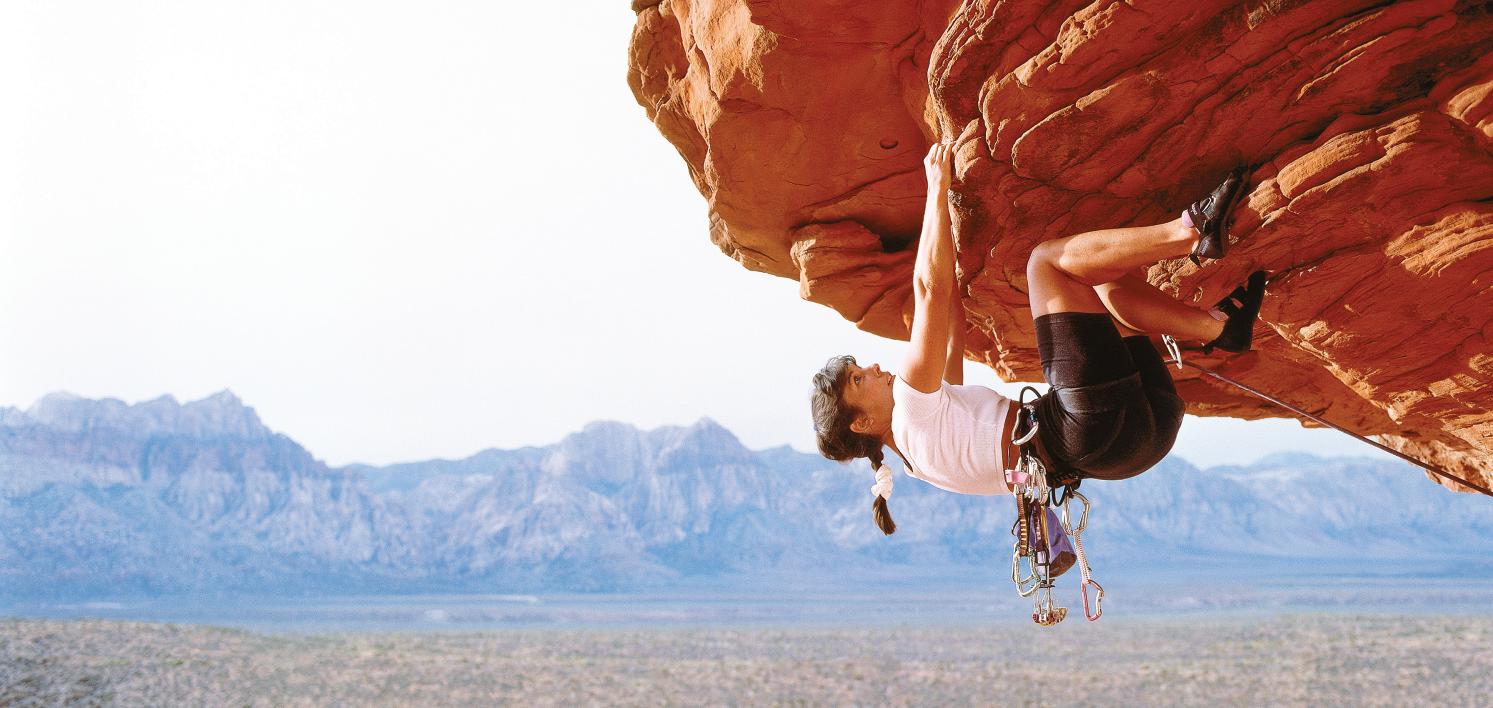

 orkPantheon Rome - Personal W
orkPantheon Rome - Personal W
AD
What guy doesn’t have pictures of And he didn’t have any picto hide. would be standing front and cente shot.” I knew we were in trouble b in advertising…”and my girlfriend ing, the client said one of the mos mega yachts. During the pre-prod “This European client built multi-m
AShip Construction & Funding FIGHTING CHAIRf his girlfriend? ctures of her er with no place because she will be in the st dreaded lines uction meet million-dollar
sto my knees. She was gorgeous with a model’ When she later arrived at the studio, I almost fell
o Tostylist ran out and bought a much nicer one. vinced the client it had to be a pink suit, so the e conway we could photograph her in “that.” W
T
the dead weight Our brilliant idea worked everyone sitting on it while he struggled against
f the raisedchair base, and Jim fell backwards of fer tape to tear away from theff
The client was more worried aboutupside down. screamed “the chair!” with Jim now hanging s face and someonepole whipped past the girl’
Once we knew everyone was ok, we couldn’t
Deb still can’t understand why the guy didn’t stop laughing and grateful no one had died.
weight. caused the gaf I agree.”
e
Although Hine wanted to co graphing advertising, fashio because this was now his ski other plans.

ontinue photoon, and beauty ill set, fate had
Y
followed Present Ford around lower Manhattan my way to success. On the day of the shoot, I with Ford would hopefully convince her I was on ever be successful. Having my picture taken of three, and she was always worried if I would was for my grandmother; I was the youngest . I replied that itproblem but was curious why him. Mary said she was sure it would not be a only if I could have my photograph taken with Board of Directors. I jokingly said I would do so
in his wallet.
orldorld in the Wthe day at Windows on the W e endedas he met numerous employees. W
exhausted, so I imagined everyone else was . I wasportrait of the President with Sandy
have any pictures of his girlfriend over my photograph to get it autographed I was . Mary told me to sendwas unavailable that day again asked to photograph President Ford, but I , I wasr Thanknever turned down a grandmother yet.” so embarrassed until Ford said, “well, I have . I felt, and I sheepishly told my storyfor a favor
God he laughed. Several months later
later told when Ford saw the photograph; he autographed.

“The same guy who told me Yoork said I should start pho porate annual reports becau y, , Y
multiple days, pay quickly
py,pyqy, tear sheets for your portfolio,”
e to go to New otographing coruse they hire for and you get great o,” Hines says.
Hine started his search using yellow pages and found a immediately that worked r and was given an appointment to show his portfolio.
ng the New Yoork design firm almost on annual reports ment to show his
“I had never seen an annual r they hired me to take portraits of executives based on my fashion/beauty experience. I did not know what I was doing. I just tried to give y. . I never felt obligat ed to capture executives as just ‘suits.’I always tried to show their human side,” says Hine.
these people a personality
They must have liked what they saw because once again, a one-day job turned into a few years of traveling the world not once, but twice, taking portraits of high-powered ex Weeill and later President Ford. never got the chance to see it.” died a month after the picture was taken and already knew the sad story - my “GaGa” had
ecutives like Sandy W
tIjkilidIldd erald Ford, a new member of their y availability to photograph former . I did not expect an early summerr eill thel Report with Sandy W graphed the Shearson Hayden Annual Reportayden Stone -ORD l report before, but aits of executives texperienceIdid BdfDi President Ge call about my previous year AnnuaStone “I had photog Shearson Ha GERALD FOher do it. I wa I encouraged an ideal chara The faher by ina missed“T
O - Portfolio Piece at the chance Tinthought of of an idea be
as having the black and white “Spic & Span” d her to pursue it again and wanted to help acter actress with a vast array of dialects. act that she was barely 5 feet tall, she was the spotlight, but the business had passed
BRUNOA TINA e because she loved portraying characters. na as a cleaning woman and she jumped . I immediatelyfore it was hidden forever
going to audit career soon t
FdIb started workin of it and was took all night,
could start ma weapon. She at everyone i she immediat bllRlliiShldftll ucci, MichaeTg with stars like Stanley Teager to try any role thrown her way but she didn’t care. She loved every m
PYRENEES
ions and getting jobs. She was in seve f. With a new headshot, she startff
eral ted
king the rounds for auditions and cast was perfect. I also did her headshot so n sight and waving her scrub brush like ely went into character by yelling in Ital took of el J. ina minute
d tell me the latest big deal she was working bella Rossellini. She would often call me up As I turnedhad taught me on his dairy farm. rait and even tried out his scythe just like my nch along the side of the road. I stopped, north of Pau, I saw this farmer clearing an


ting o she e a lian for advice and Fox, and Isab grandfather h took his portr irregation tren “Driving just n
orkARMER - Personal WF “I was hired o
Shipping An W AWCERES DA
Reportnnual WN - Ceres Hellenic
to leave behin fered freshlff rickety bike w to leave, he m g of over the phone while the art director was in
the Gulf of Me
complete crea tankers during they wanted m had, let alone ping was one
s largest ship,xico to land on the world’

tive freedom while I traveled alone or w construction and underway at sea. I ha e to create a new photo library of their Athenbeing paid for my work. Based in of the most exciting life experiences I’ve
.”nd for their family y baked cookies while I took more Polaroids fee andff motioned for me to follow him home on his g y where I met his wife. She made cof tl and hard hats
weArhooting with another photographer s that we distributed to the crew t
a helicopter s thItidttl . Over the
the
with ad oil ns, e ever
to South Kore
next several m s because of recent terror attacks. Good
to
ea. I was initially supposed to capture a s
eek too dangerou
months, I continued to travel on my own d call.”
ship
“I jokingly said I would do so o taken with Ford for my grandm and she was always worried if I would ever be successful. Hopefully mother only if I could have my photograph r. . I was the youngest of three, y, ,
e ended the shoot day at W
esident with SandyW
e finished, Sandy asked him for a favor
d said, ‘Wstory








thiswouldconvinceher.W r. We Wiindows Woorld where I photographed the Pr y. . When wer r, , and I sheepishly to y. . I felt so embarrassed, until For Weell, I’ve never tu down a grandmother yet,’” Hine recalled.
, Wge Plimpton, Mayor John LindsayDuchovny


Hine went on to create ad campaigns for numerous companies agencies while continuing to photograph executives, politician actors, musicians, athletes, and celebrities like Dick Cavett, Da y, , Geor y, Waalter Cron Toom Br w, r, , Peter Jennings, Jefferson Starsship,

Stars, David RockefellerokawT
Y
enceTaylor g Lawr Ta r, , Arthur Ashe, and Ivan Lendl; many in th Yoork studio he never envisioned having.
Today
he Ne able Linens, but for the last yearenchT
To y, , his life is a bit quieter. But only a bit. He now resi time in Lyme with his wife, Deb in a house he purchased 40 years ago that served as a weekend escape from city l He still has his hand in advertising shooting for his wife company LimbKeepers and for Amelie Michel, makers o Fr Ta r, , Memories in H Sight has been his focus. e ne
“It was cathartic to put that boo tures, but because I spent my w next job, so I saw the glass as h out, I realized I’ve had a damn “I feel fortunate that people lik It’s such a big thrill when you g
For mor
half empty
ew p
ng. early sfull
on the we old my urned s and ns, avid nkite, hi Hine of fin e’s livin d ne ides
ok togetherr, , not only for the whole career always going fo y. . When I spread th good career and life,” says H ke my work. That’s very satis get the shot. It really is.”
re e information or to purchase S
Skip’
sfyin Hine he bo or th e pic
ng. e. ook he
’s s book, visit http://skiphine.c
om.





























Even though Sanjay Basnet and Kamlesh Baral of South Asia grew up poor and wandered the streets with little to eat as children, they became talented dancers. Both also taught themselves to draw and paint.
Kamlesh, now 24, won “Best Actor” award at a school play competition in fifth grade and began acting in movies when he was in high school. Unfortunately, movies don’t pay well in Nepal. So like Sanjay, he and his family slept on the floor and lived in one small room without running water, electricity, natural gas for cooking, or a bathroom.
After receiving scholarships, passing TOEFL/IELTS (English) tests and having their visas approved, these young men relocated to the U.S. last year to attend Missouri Valley College, use computers and live in a dormitory - a journey 20-year-old Sanjay described as “time travelling 1,000 years into the future.” None of this would have been possible without the help of Lauren Yanks, executive director of The Blue Butterfly Foundation. Founded in 2015, this nonprofit organization helps victims of child labor, trafficking, and enslavement
Sanjay Basnet created the butterfly graphic art logo for The Blue Butterfly Foundation. He said the color blue and butterflies represent calmness, joy and life changes. Clouds and light indicate “that they will fly and make our future better.” The small butterflies on the wing represent the help and inspiration Executive Director Lauren Yanks gives to the world, as well as him, Kamlesh Baral and others. Even when Yanks will no longer be able to do her charity work, Sanjay said they are there for her. “We will run the charity.” Photo courtesy of Lauren Yanks

Searching for school books on a recent outing are (from left) Kamlesh Baral, Lauren Yanks, executive director of The Blue Butterfly Foundation and Sanjay Basnet (who she is already referring to as her foundation co-executive). Both young men have been recognized for their natural drawing, painting and dancing talents. Photo courtesy of Lauren Yanks

and provides children with nutritious food, proper shelter and a highquality education.
Sanjay Basnet with his painting, “The Woman’s Journey.” A natural artist, Sanjay Basnet used to draw with colored pencils and created water-colored paintings with a tiny brush he bought at school. Once in America, Lauren Yanks purchased regular paints, brushes and canvases for him. Sanjay plans to take art, painting and dance classes. Photo courtesy of Lauren Yanks

“I was always very interested in children’s issues and children’s rights, and I had been reading a lot about how in Nepal there was a lot of trafficking, especially with young girls into the sex industry, because Nepal has an open border with India. Nepal is a very, very poor little country, landlocked between China and India, which uses a lot of slave labor. So, they have a lot of traffickers come in there to buy people and promise all sorts of things,” Yanks said during a joint August telephone interview with Sanjay and Kamlesh.
A woman offers feedback on “Nepte” movie after a public theatre viewing on Mother’s Day 2018, as Kamlesh Baral looks on. “This lovely woman said that she liked my character most of all in the whole movie, so she is appreciating me in front of the media. This was a proud moment for me,” Kamlesh Baral said.

Photo courtesy of Nepte Team
“Especially when I’m in Nepal, things just don’t make any sense and there’s corruption,” she said, adding that her “little guys always keep me sane and laughing.” Still, Yanks said she can only do this “very difficult” work for about 6 (or) 7 more years and then I’m going to rest, and my kids are going to take it over.”
Yanks’ efforts have focused on South Asia (Pakistan and India, but mainly Nepal). “Now we’ve started doing some work with immigrants in Queens,” New York. “There’s a lot of trafficking in our own backyard.”
“We have a bigger slave industry” now than when the United States had slavery, she said. “The International Labor Organization says there are about 40.3 million slaves in the world - an undercounted figure that has grown since Covid began. “It’s just hiding in plain sight.”
Yanks is a Yale University writer and Yale Divinity School graduate. She is also a part-time professor at Marist College in Poughkeepsie, New York, where students started a Blue Butterfly Foundation Club. “So that’s been really good, because part” of the foundation’s “mission is to not just help kids abroad, but to also get kids involved here.”
The Blue Butterfly Foundation is named in memory of Yanks’ and her husband’s (Jim Damon) 20-year-old daughter, Zoe Damon, who was studying environmental sustainability in Costa Rica and died in 2011 when her professor pulled their van over to let another car go by and the ground gave way, causing the van to fall 100 feet and land upside down in a shallow river. The teacher and other students survived. Students told Yanks, “A blue butterfly was following her around all that morning.”
Yanks said she started going to Nepal about 15 years ago for a month and “felt pulled in” while helping children using her own money. She started offering writing and drama workshops for “kids who were trafficked and enslaved and it just kept growing.”
Finally, she became a visiting professor at Prime College and lived in an apartment in Kathmandu for over a year. While bringing a “servant boy” who lived next door to her to school one day, Yanks saw a shy, 12-year-old Kamlesh Baral standing at the back of a martial arts class, because his father did not have money for his “dress.”

“She started showing us some kicks,” Kamlesh said, which were higher than their teacher’s. Yanks invited him to her apartment and offered him candies, cookies and other food.
 Kamlesh Baral as the villain’s sidekick in 2018 in his first movie “Kauso,” a political comedy. Photo by “Kauso” Team
In the suspense-thriller movie “The Karma” in 2019, Kamlesh Baral plays the hero’s best friend who turns into a villain later.
Photo by “The Karma” Team
Kamlesh Baral as the villain’s sidekick in 2018 in his first movie “Kauso,” a political comedy. Photo by “Kauso” Team
In the suspense-thriller movie “The Karma” in 2019, Kamlesh Baral plays the hero’s best friend who turns into a villain later.
Photo by “The Karma” Team
Kamlesh fondly remembered when Yanks treated him to a birthday party at a “fancy” restaurant with some of his friends when he turned 13, at which point he introduced her to 9-year-old Sanjay Basnet.


Around this same time, she began paying for Kamlesh’s schooling, supplies and clothing and covering the same costs for a while for his 11-year-old sister, Naina, as well as for Sanjay, and his 11-year-old brother, Sushant, who had just moved to the city with their family.
Because the Basnet brothers went to a poorly run government school before attending this private school (which equates to public schools in the U.S.), Sanjay said they didn’t learn English and Sushant started skipping school (and returned to the government school within 2 weeks) because he found it too difficult to learn and speak English all day. Kamlesh and Sanjay graduated high school.
The Basnet brothers were born in Jaipur, India to parents who were never able to attend school; both were trafficked early in their lives. Like most people in their village, they walked barefoot and only had one set of clothes, he said.
Because their father worked 16 to 20 hours as a chef in a restaurant and their mother worked too, Sanjay said they didn’t “have any guidance from our parents.”
When he began bringing home some of the chocolate, bread and Pepsi that Yanks had given him, Sanjay said his parents asked him how he got these treats and if he did something wrong. When he told them he received them from a woman from the United States, “They were really scared” and told him not to go with her, because “foreigners” have a history of enslaving people.
Even though Sanjay knew that many “foreigners” entrap poor people and remove their eyes and other organs, because there is a great deal of money in this illegal business, he said he met Yanks again, because he trusted her and he wanted chocolate, he said laughing. Eventually, Sanjay set up a meeting and Yanks visited with his family at their home with his uncle present, at which point she said they realized she had no
Sanjay Basnet competes in a Nepalese Dance Contest. Photo courtesy of Sanjay Basnet Sanjay Basnet with painting “Tree in the Moonlight.” Photo courtesy of Lauren Yanksinterest in his kidneys and just wanted to give him a good education.
Kamlesh and Naina Baral were born in Himalchal Pradesh, India and moved to Kuinemangale, a village in Nepal, with his family. When Kamlesh and Naina were almost 4 and 2, their father went to work in Malaysia, because he couldn’t find work locally. Then his mother disappeared, so his grandparents took care of the children. Since they had to work in the fields all day, the grandparents locked them in their oneroom home. One of their neighbors brought them outside and gave them food since they didn’t have any. Many days they were so hungry, the children ate mud and dirt, Kamlesh said. One day their uncle visited the village. Seeing their “very critical situation,” he spoke with their father and then moved them to Kathmandu, where the children lived with their aunt, uncle and 2 cousins in a single room, which was still better than their previous home.
When Kamlesh’s stomach started getting bigger and hurting, his uncle took him to the hospital, at which point it was discovered he had roundworms, which were coming out of his nose and mouth. “They almost got into my brain and laid eggs there,” and then he would have died, Kamlesh said. After receiving medicine, he healed slowly.
At 7 years old, Kamlesh’s father sent money so he and Naina could attend a private school where they learned English and were able to eat rice twice daily.
Reflecting on his poor childhood, Kamlesh, who has acted in 5 movies and enjoys imitating celebrities’ voices, said, “I feel very blessed. I feel like sometimes I just (think) ‘Oh my God. I’m here in the United States and I’m studying.’ I can’t believe my eyes sometimes. It’s really like a dream.”

This fall, Kamlesh and Sanjay are attending Ulster County Community College and living in a New Paltz, New York apartment with Yanks who they call “mom” and “mommy.”

Yanks said she will be helping them with their homework, speaking/writing English and teaching them how to drive. “There are so many gaps in their knowledge just on a general level.”
 Kamlesh Baral plays with a guitar that was given to him. Photo by Lauren Yanks
From left, Sanjay Basnet’s and Kamlesh Baral’s first trip to local supermarket to purchase groceries for their New Paltz, New York apartment. They just started attending Ulster County Community College in August. Photo courtesy of Lauren Yanks
Sanjay Basnet carries newly purchased furniture for the New Paltz, New York apartment he shares with Kamlesh Baral and “Mom” Lauren Yanks. Photo by Lauren Yanks
Kamlesh Baral plays with a guitar that was given to him. Photo by Lauren Yanks
From left, Sanjay Basnet’s and Kamlesh Baral’s first trip to local supermarket to purchase groceries for their New Paltz, New York apartment. They just started attending Ulster County Community College in August. Photo courtesy of Lauren Yanks
Sanjay Basnet carries newly purchased furniture for the New Paltz, New York apartment he shares with Kamlesh Baral and “Mom” Lauren Yanks. Photo by Lauren Yanks
Sanjay said he and Kamlesh want to help children in their homeland who are on the street begging for food and money and those who don’t have a proper place to live and might not have parents. “We
want to make their life better, like mom did for us...This is the butterfly effect.”
To mentor or help fund Sanjay Basnet’s and Kamlesh Baral’s art/dance lessons, or to have Lauren Yanks speak to an organization or church about human trafficking or what it is like living in a third-world country, call 845-518-7844. For more information, go to bluebutterflyfoundation.org.
 “Mom” Lauren Yanks, executive director of The Blue Butterfly Foundation” kisses Kamlesh Baral (on left) during a recent outing to buy school books. Sanjay Basnet is on the right. Photo courtesy of Lauren Yanks
“Mom” Lauren Yanks, executive director of The Blue Butterfly Foundation” kisses Kamlesh Baral (on left) during a recent outing to buy school books. Sanjay Basnet is on the right. Photo courtesy of Lauren Yanks
“Papa” Jim Damon is also supportive of these young men and the foundation.











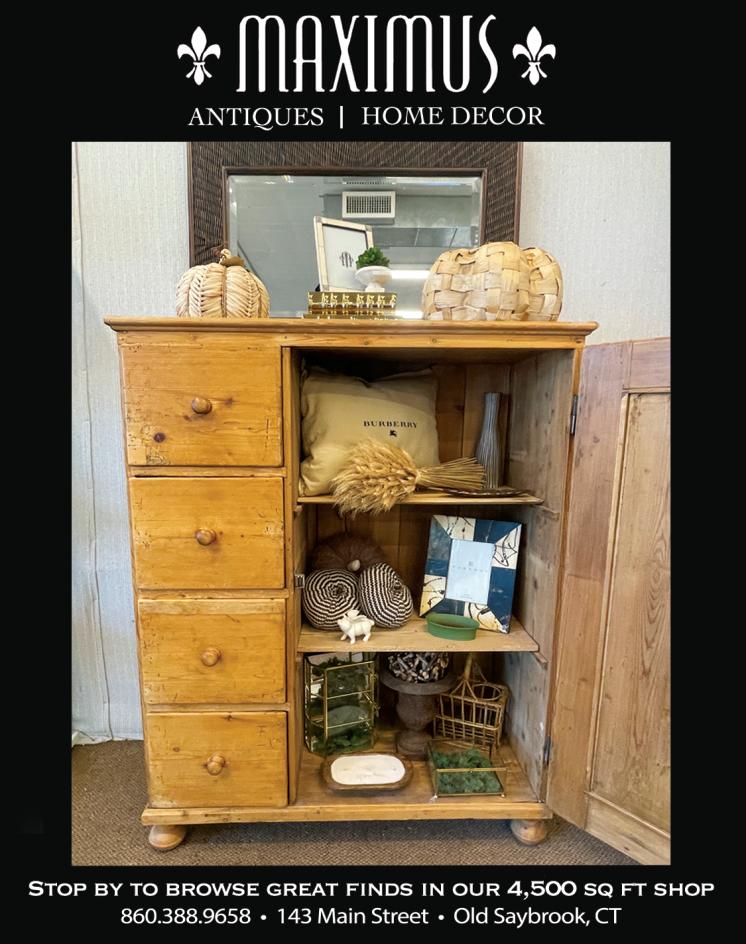







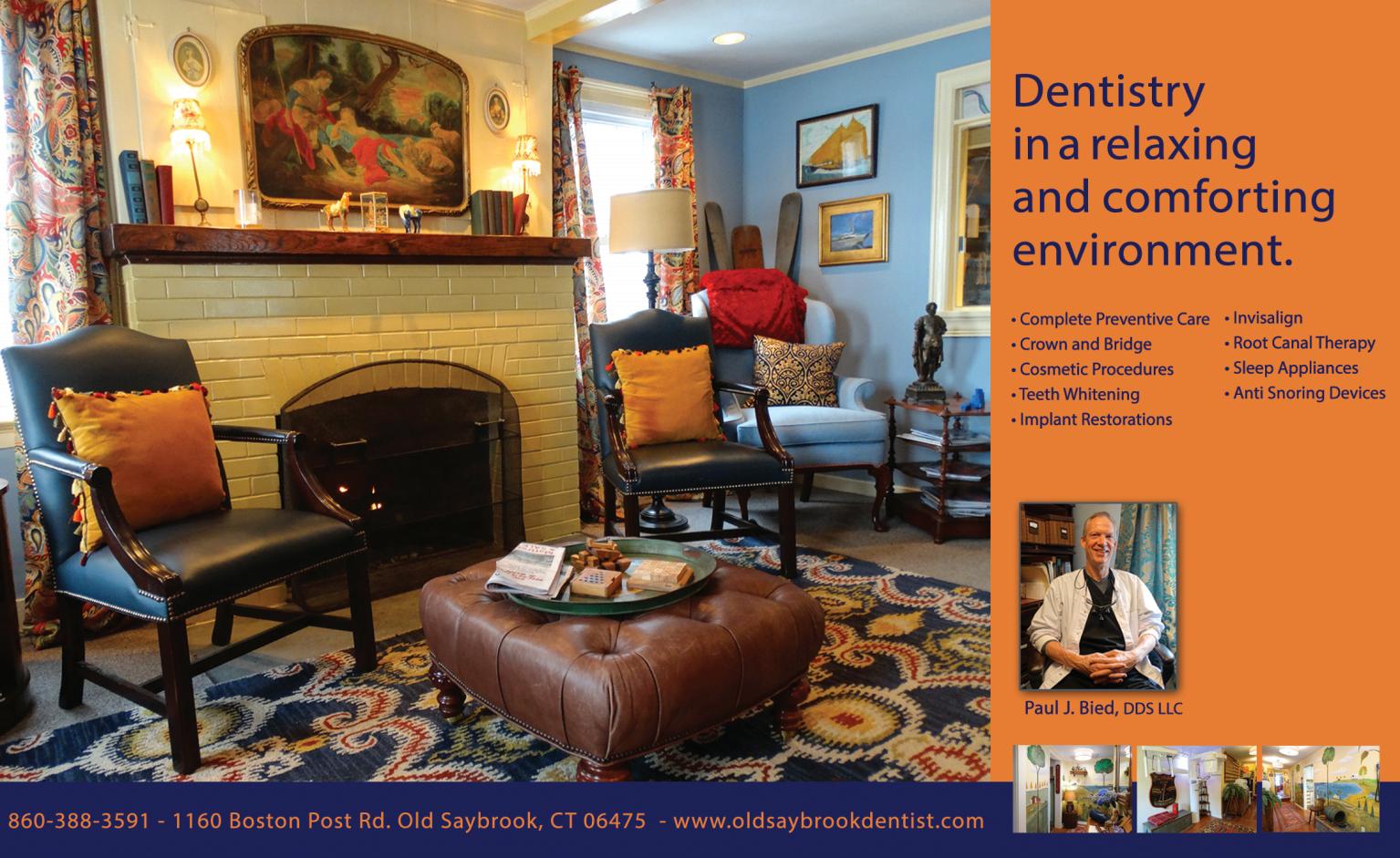









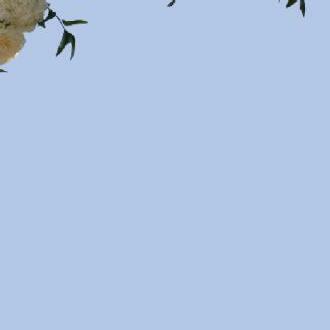
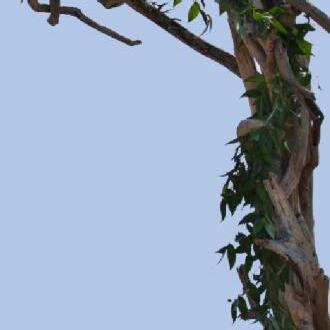











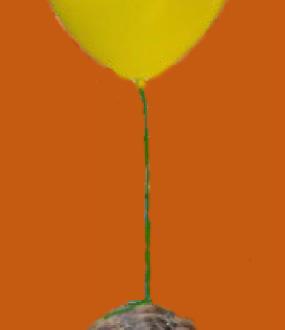

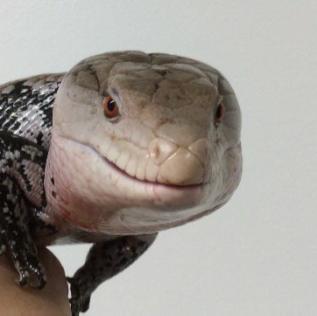
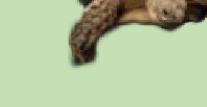


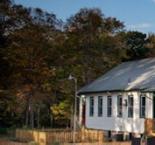



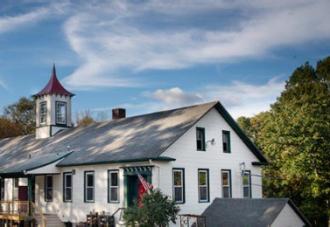




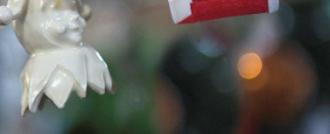

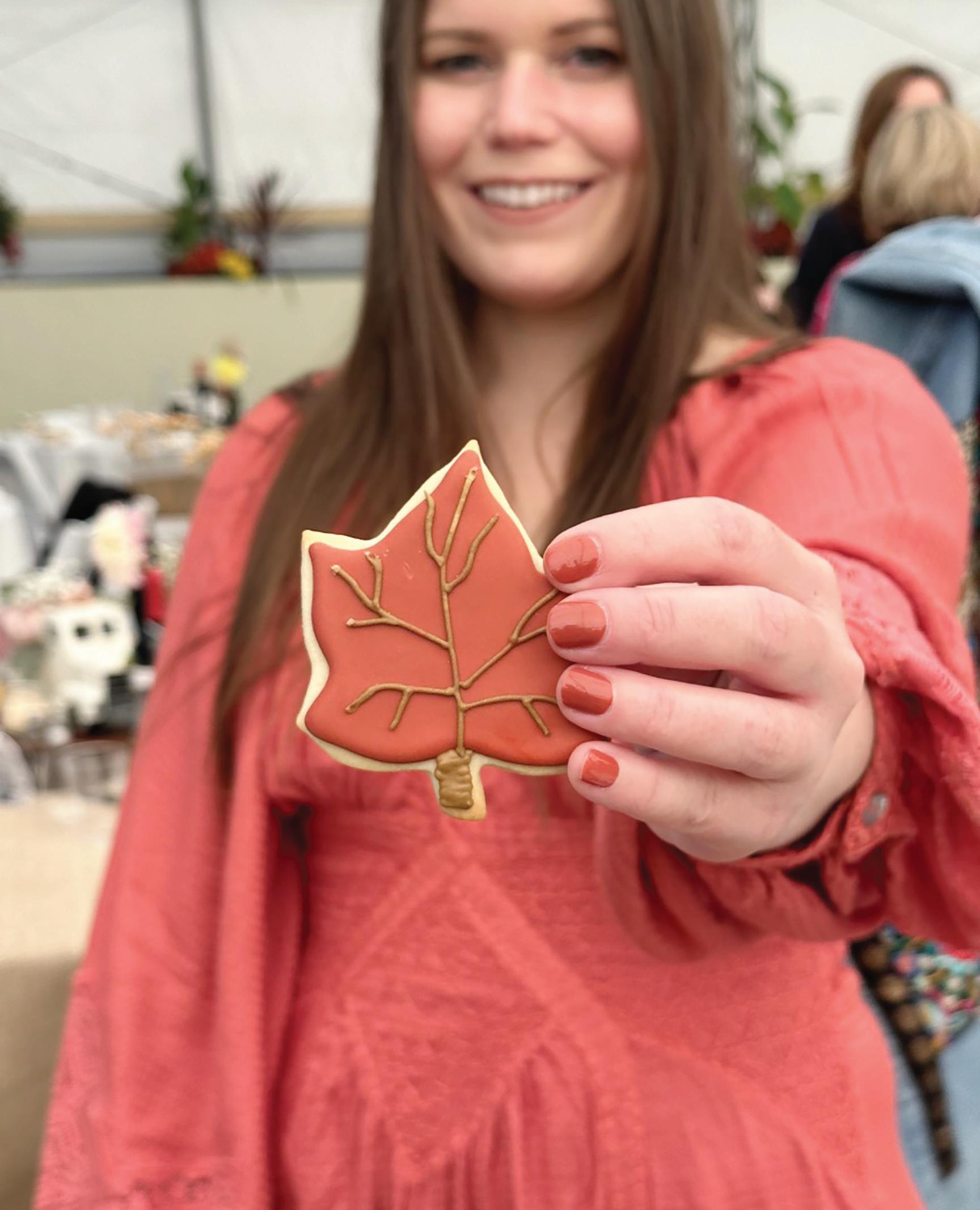 Photo courtesy Pursuit of Pastry
Photo courtesy Pursuit of Pastry

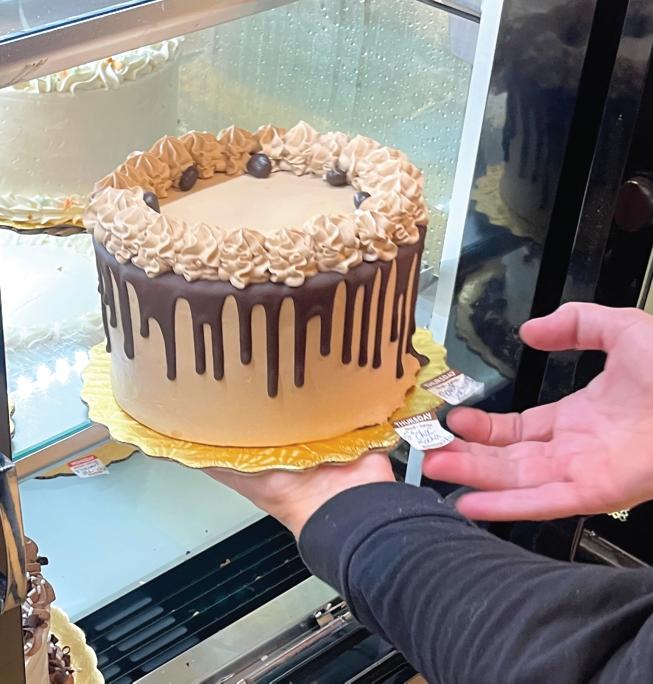
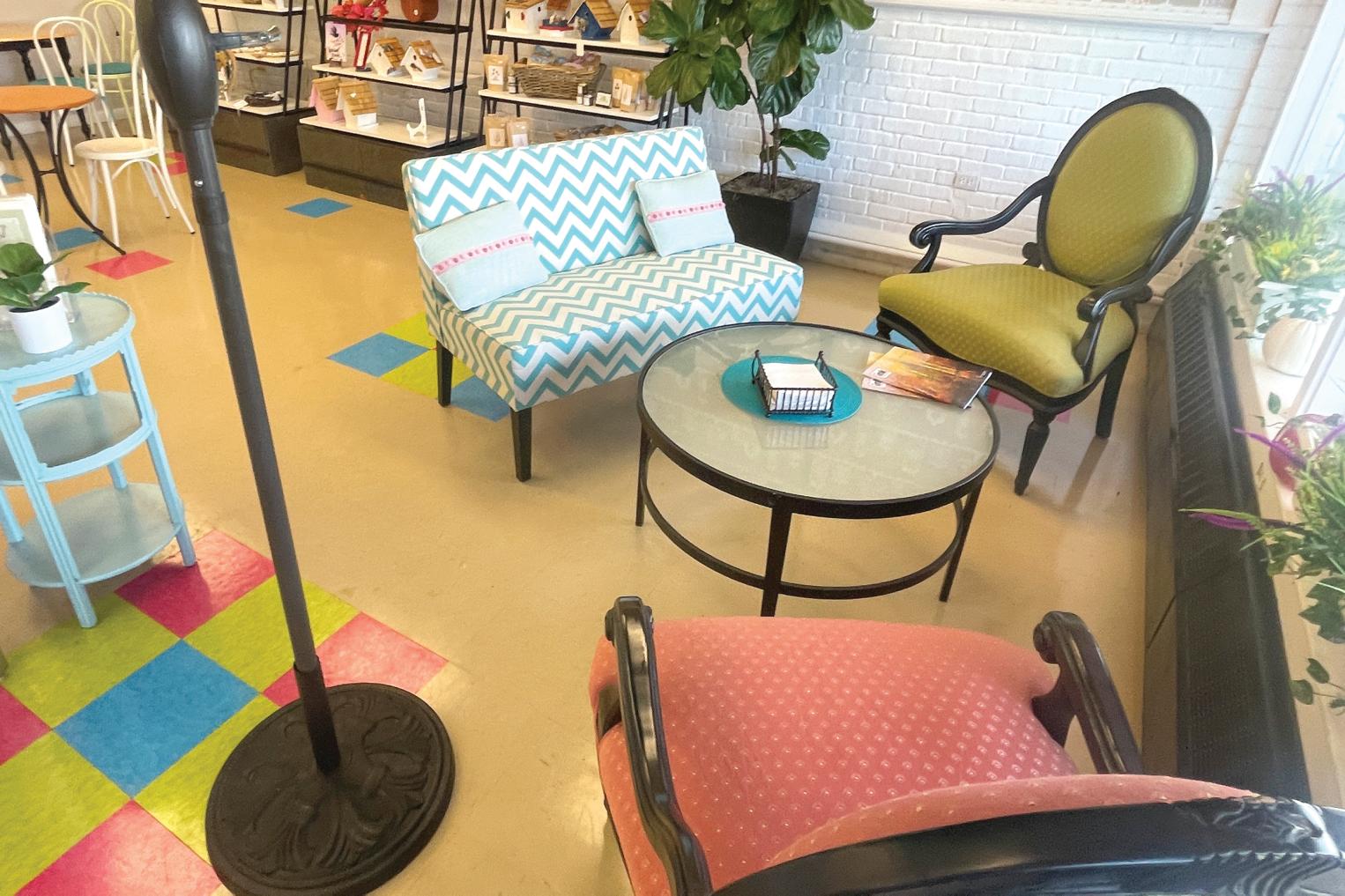
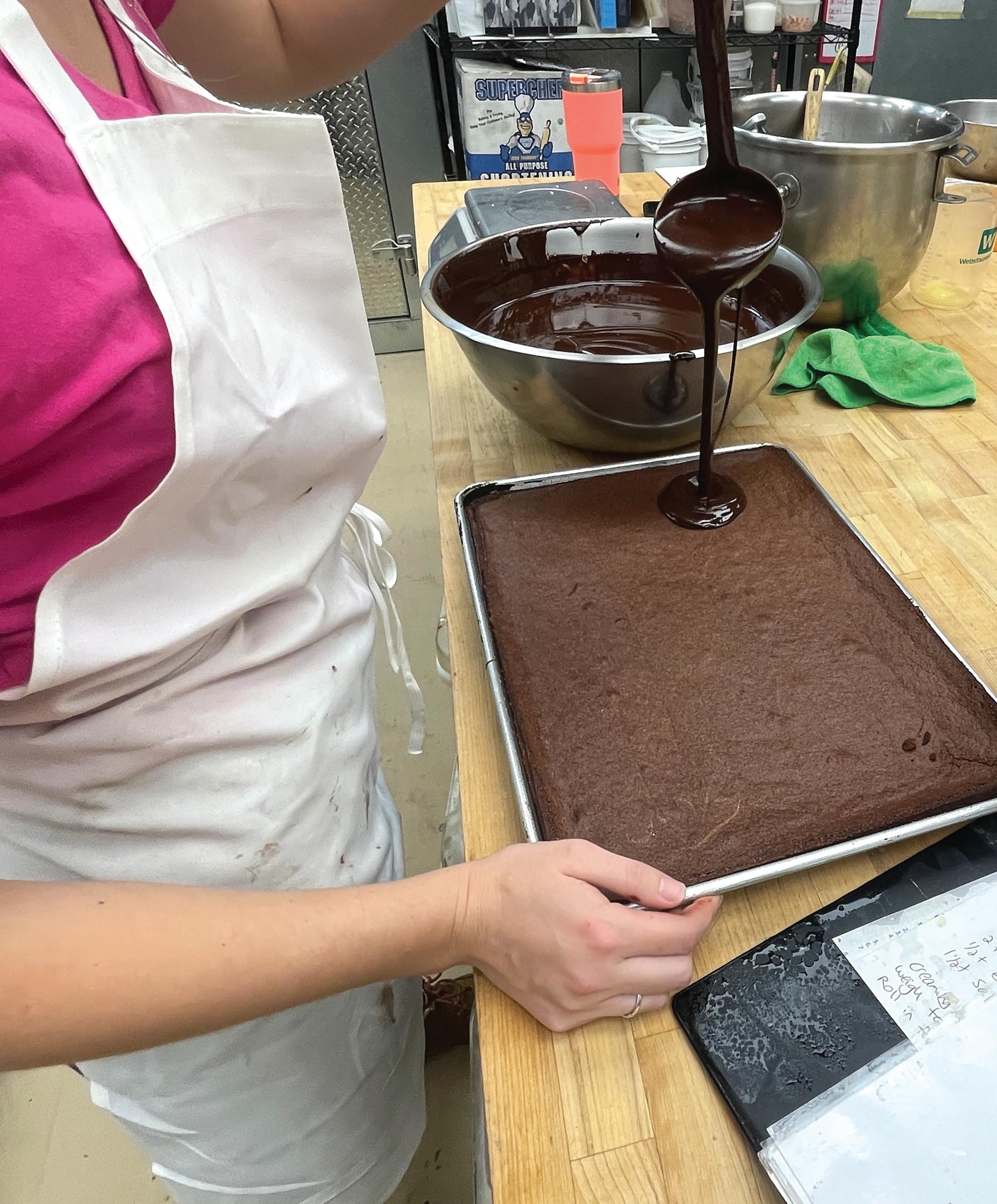
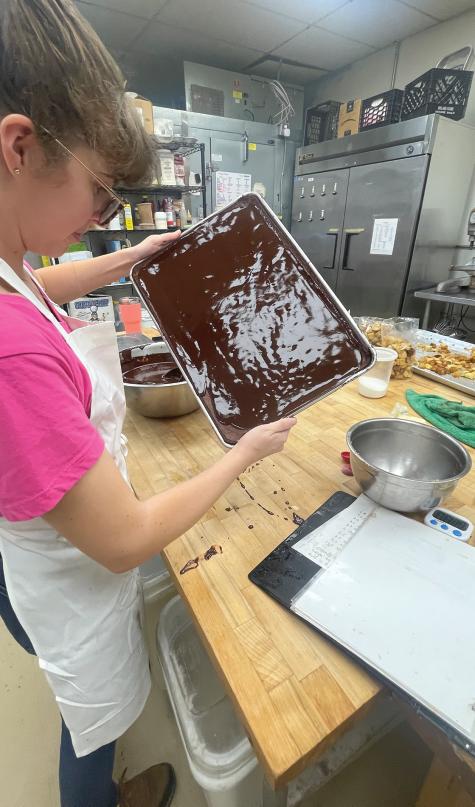
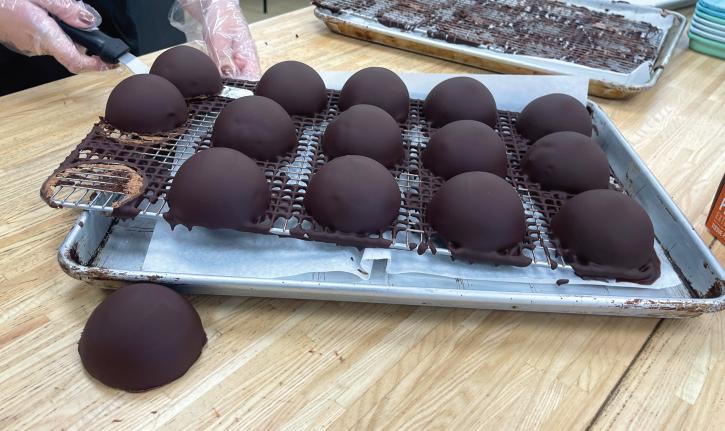
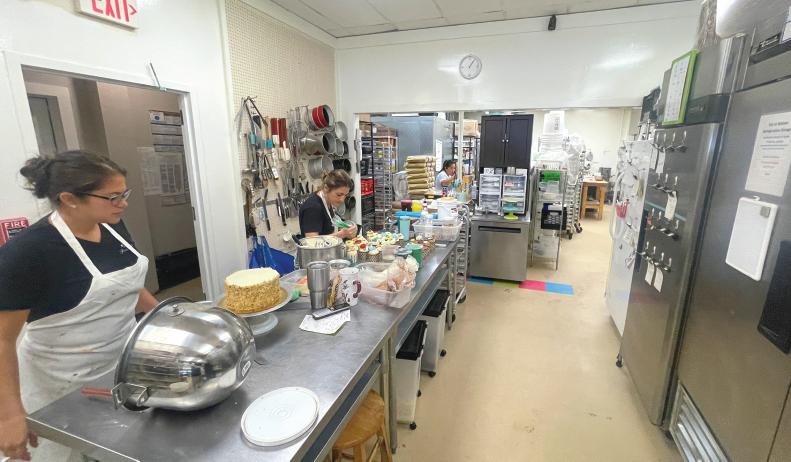
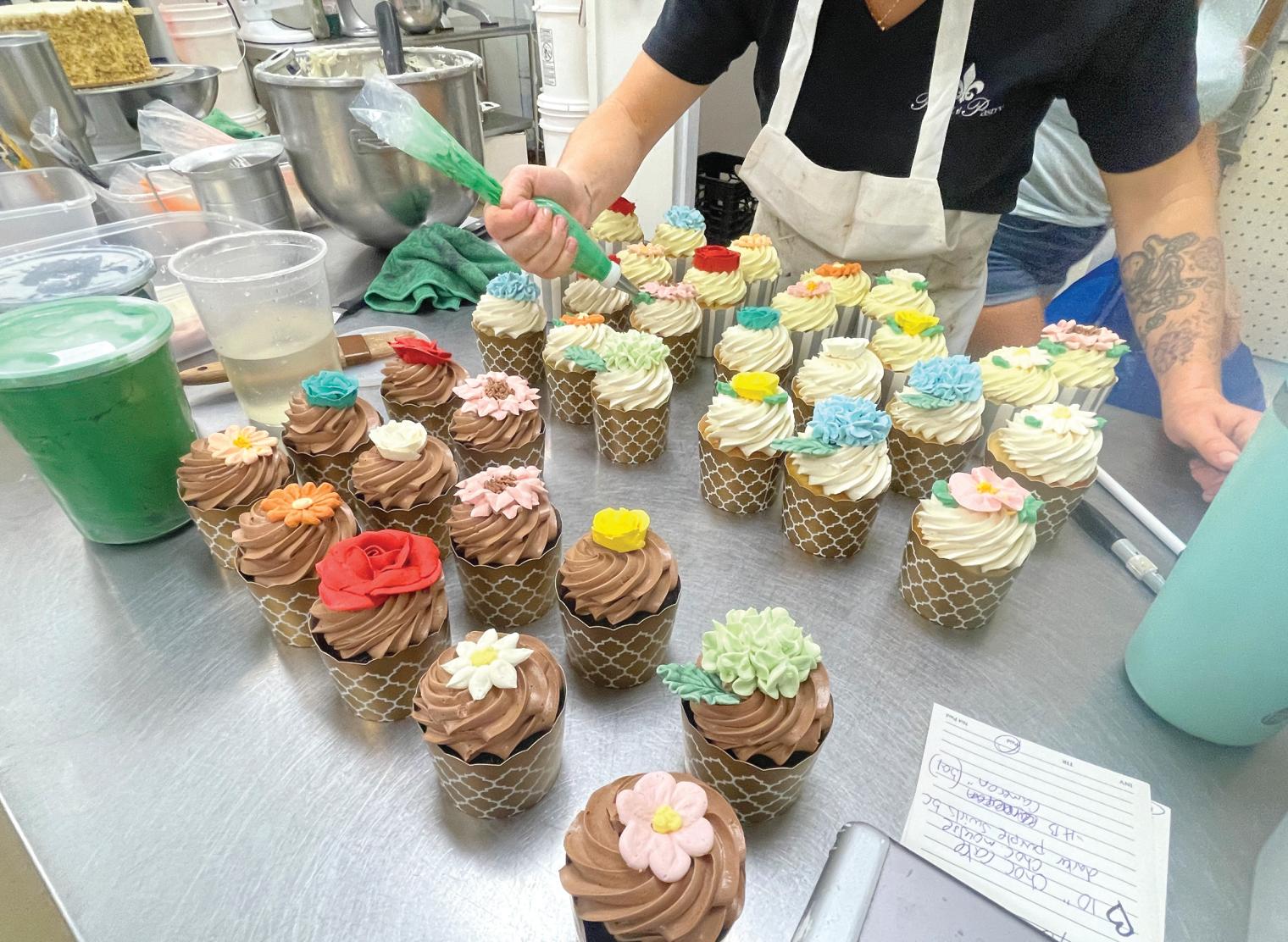
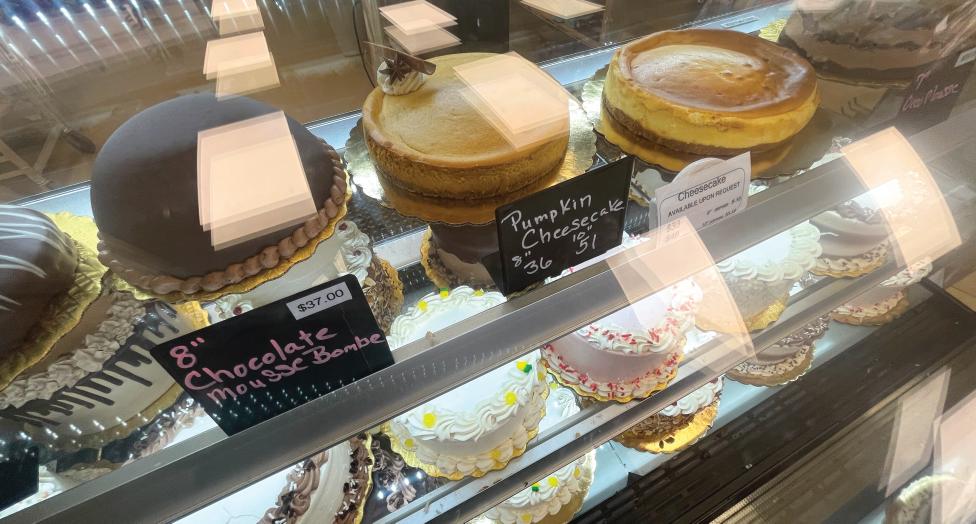
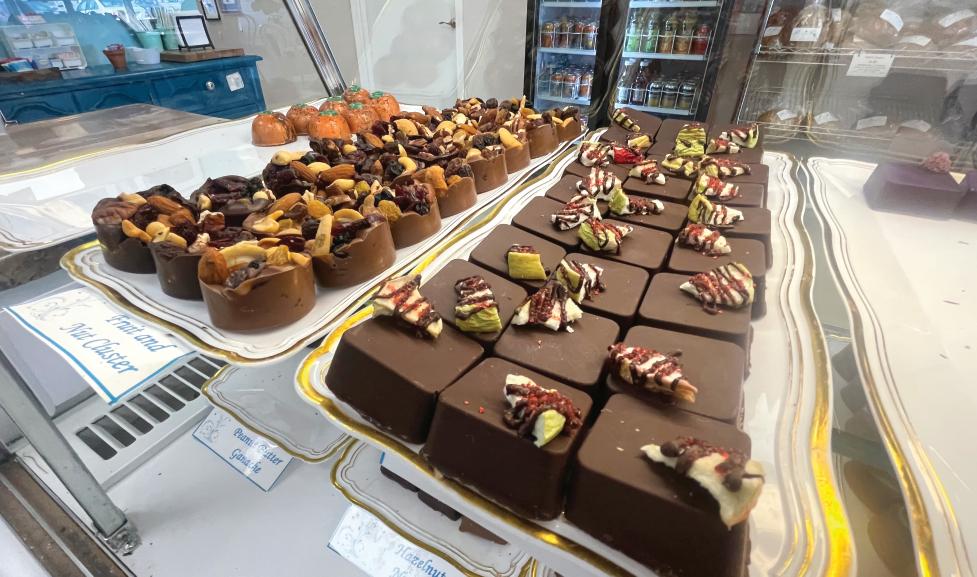
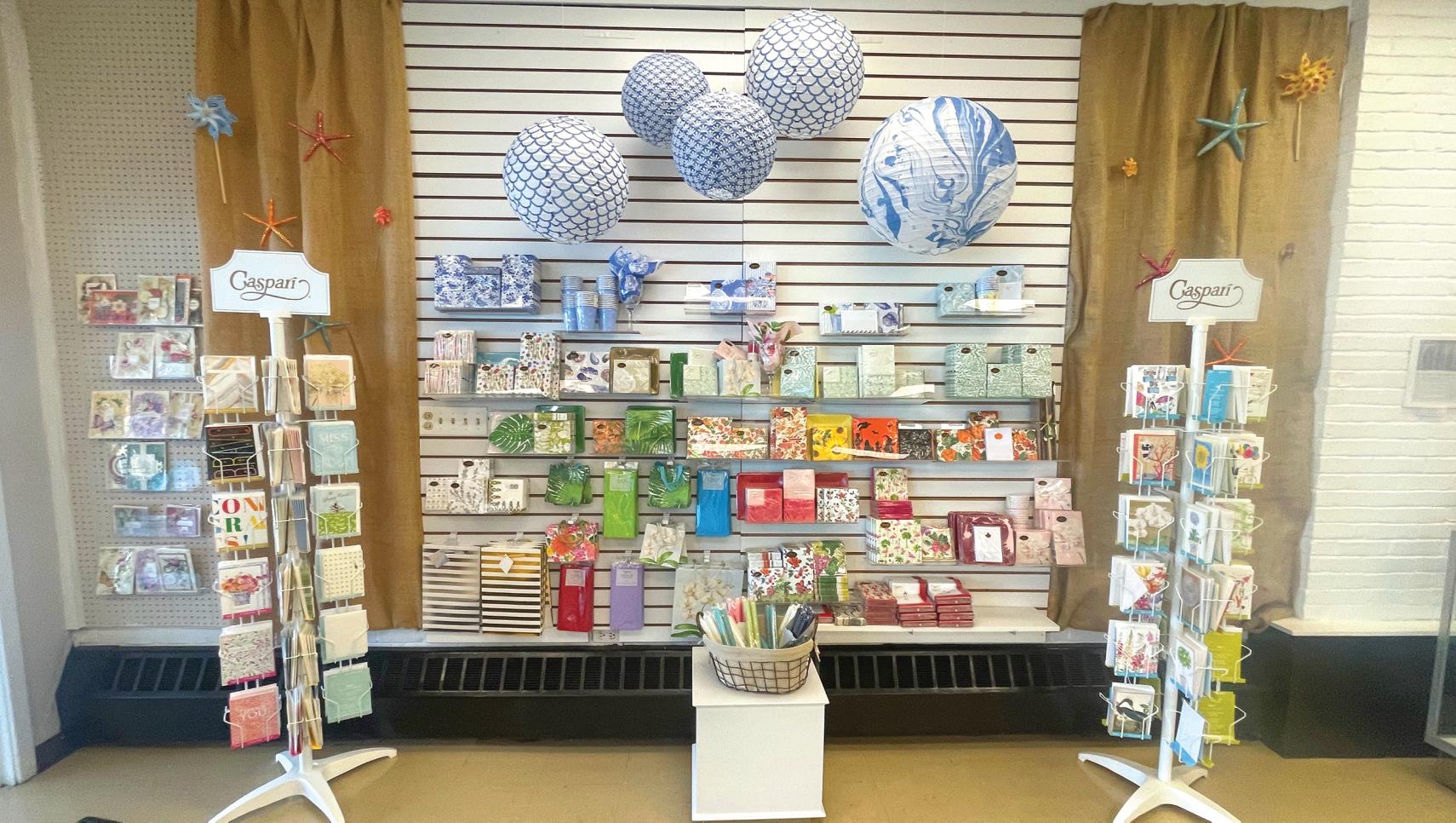
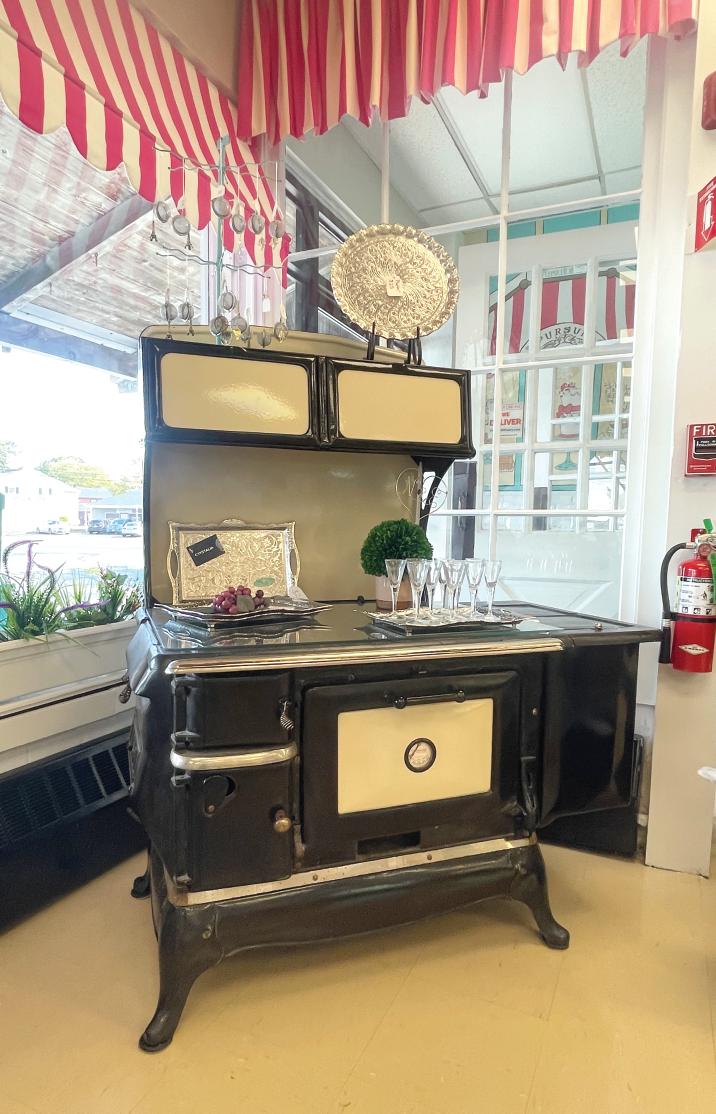
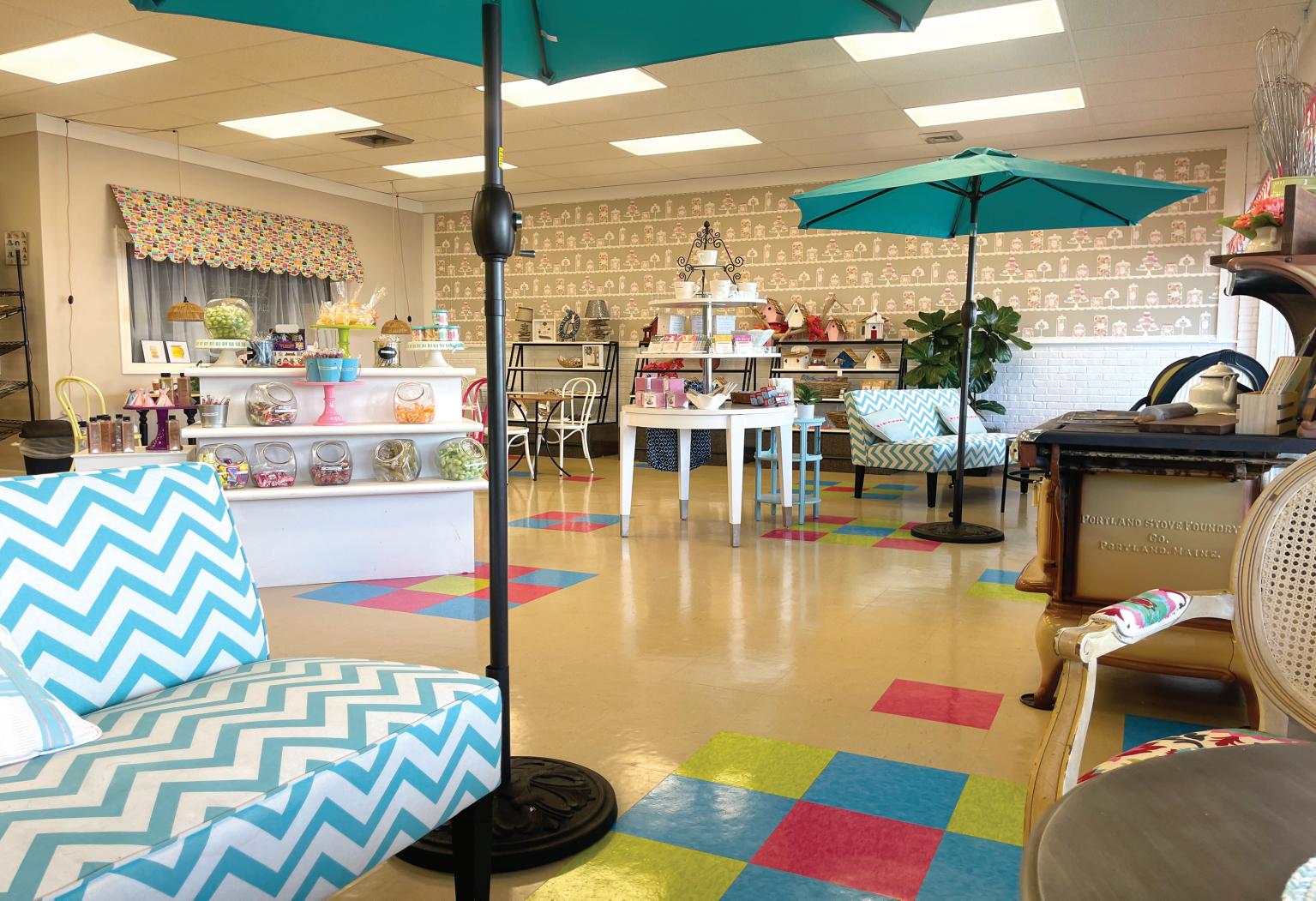
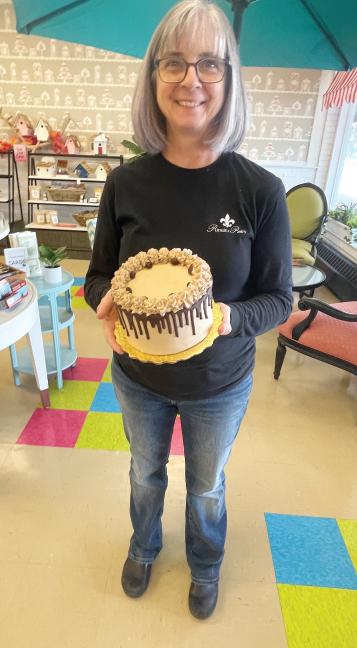
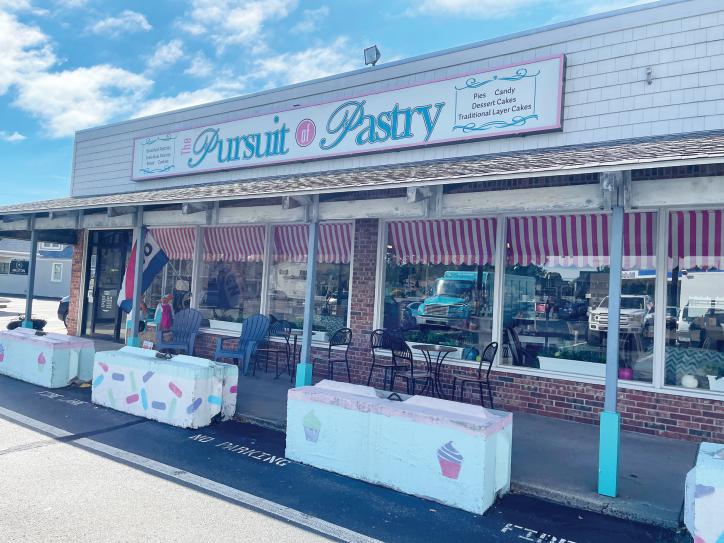 Jill Peterson
Jill Peterson
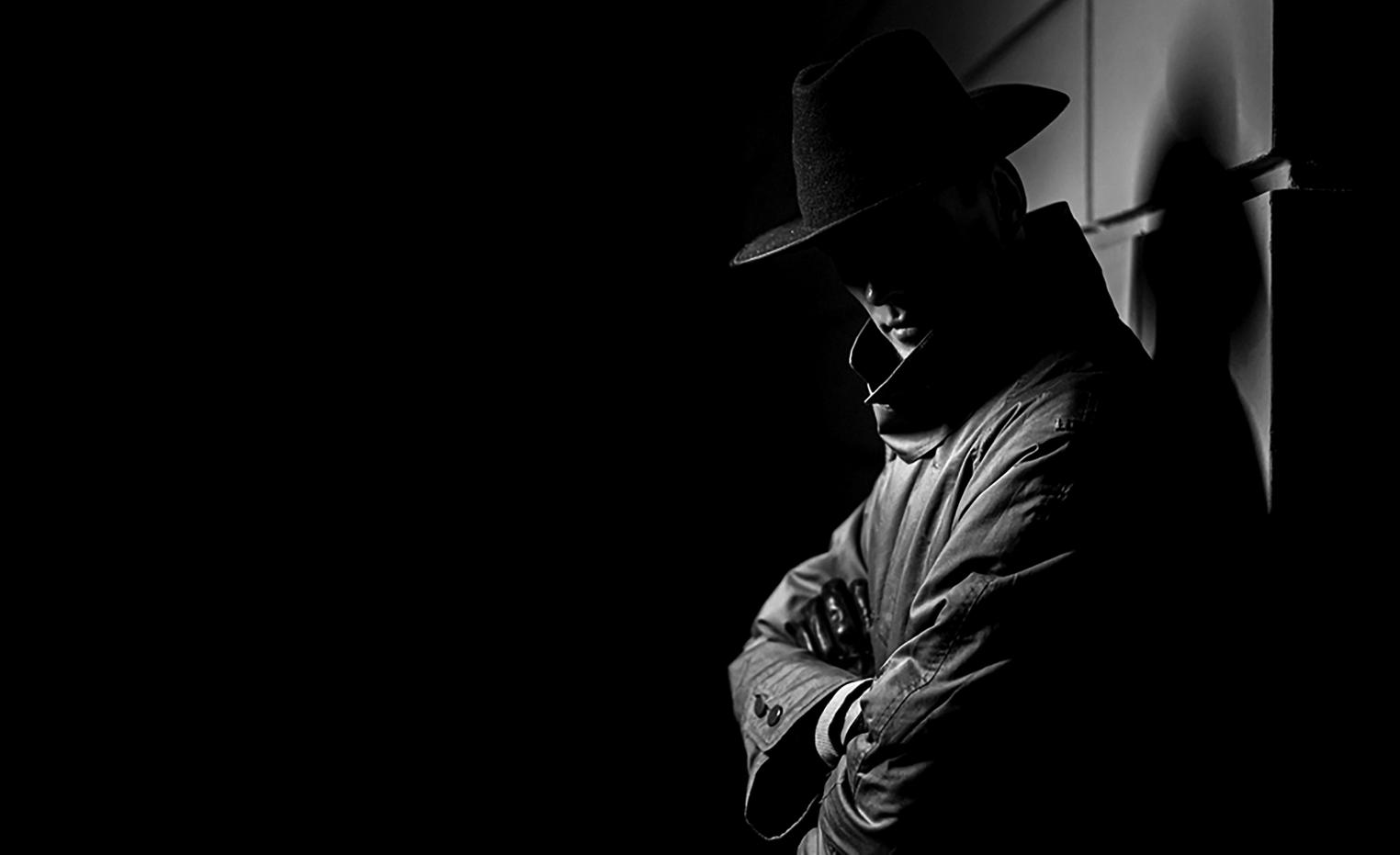


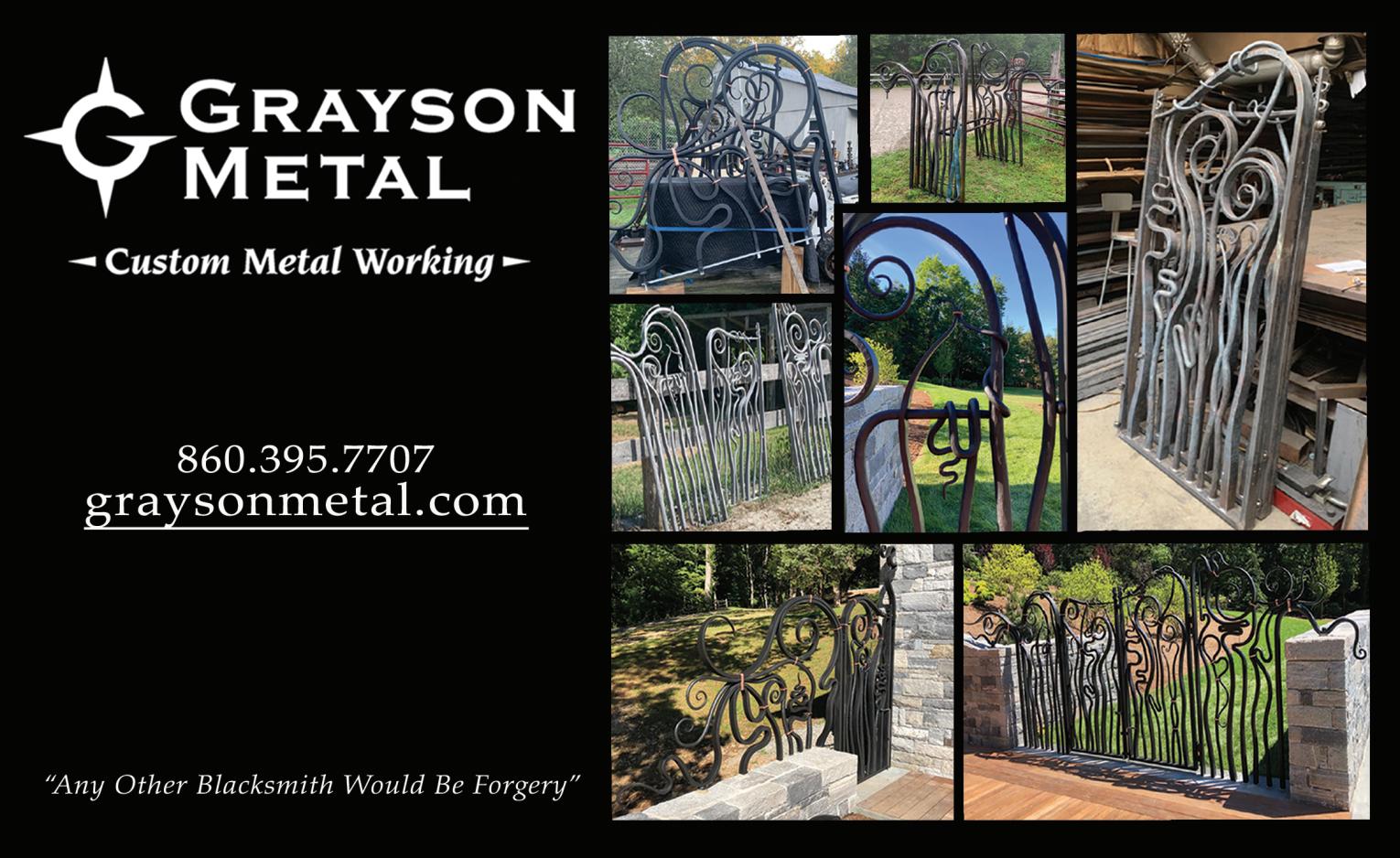
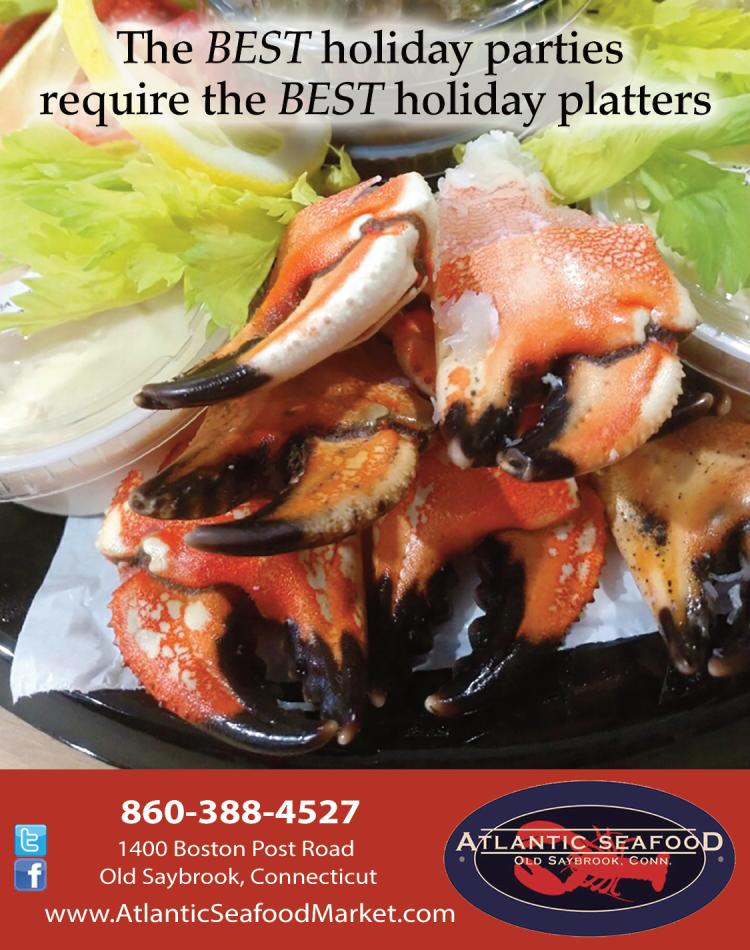
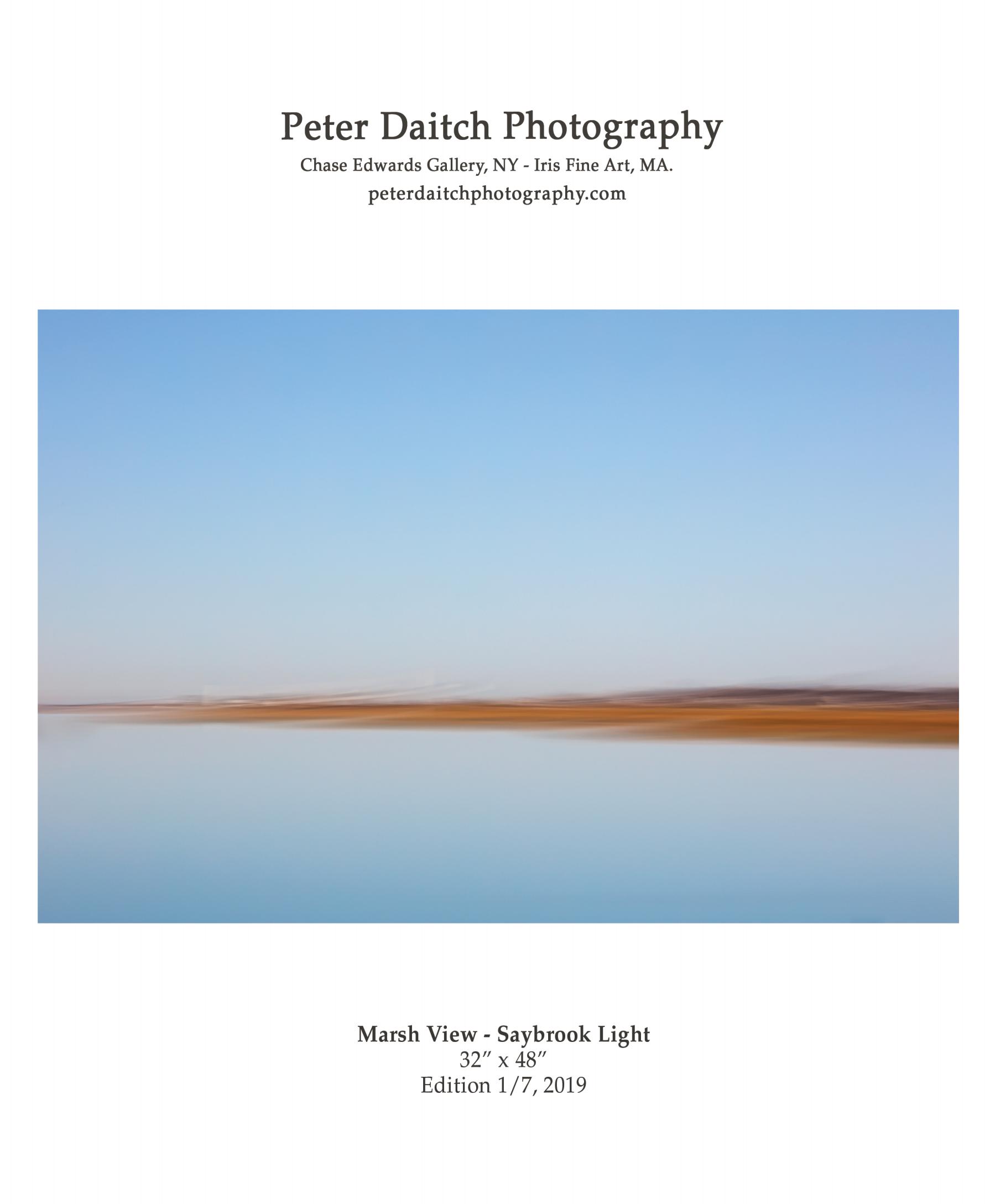
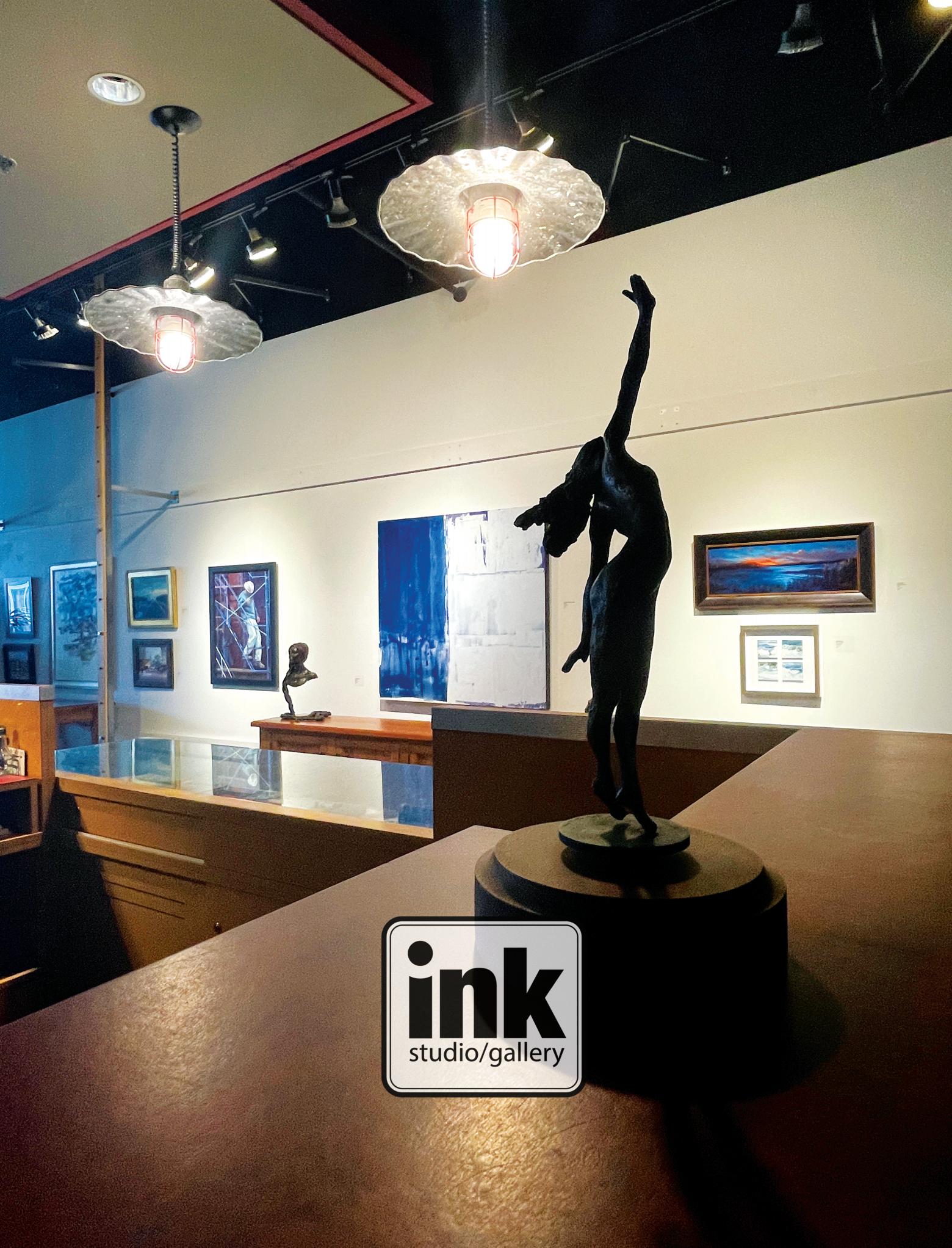



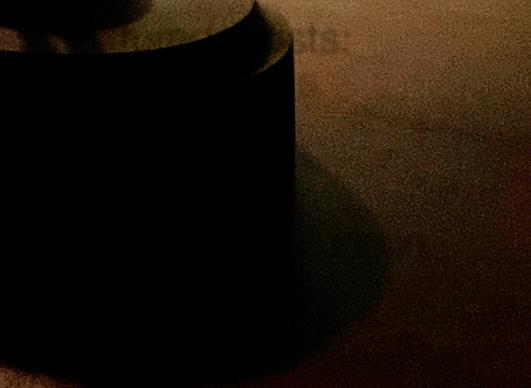



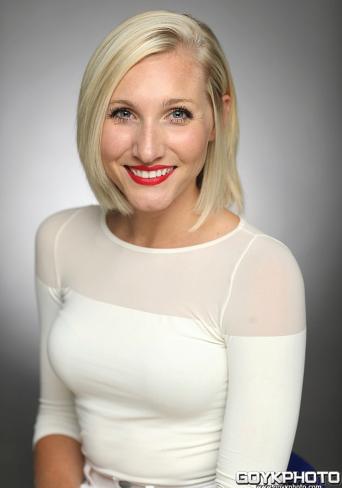
 Paul Partica, The Cheese Shop www.CheeseCt.com
Paul Partica, The Cheese Shop www.CheeseCt.com





